HiBy R6 Pro II Lossless HiFi DAP – Evangelion Portable Music Player
Hiby R6 PRO II is a $749 USD high-end DAP or Digital Audio Player with an Eva or Evangelion themed color, at least for the purple version we have in for review, featuring Open Android 12 for the Operating system, a large 5.9″ Display, and 5000mAh of battery, all powered by the Snapdragon 665 CPU. Today we will review the R6 PRO II and also compare it with other similarly priced DAPs, including iBasso DX260 (949 USD), Hiby R6 III (499 USD), Dethonray DTR1+ (1000 USD).
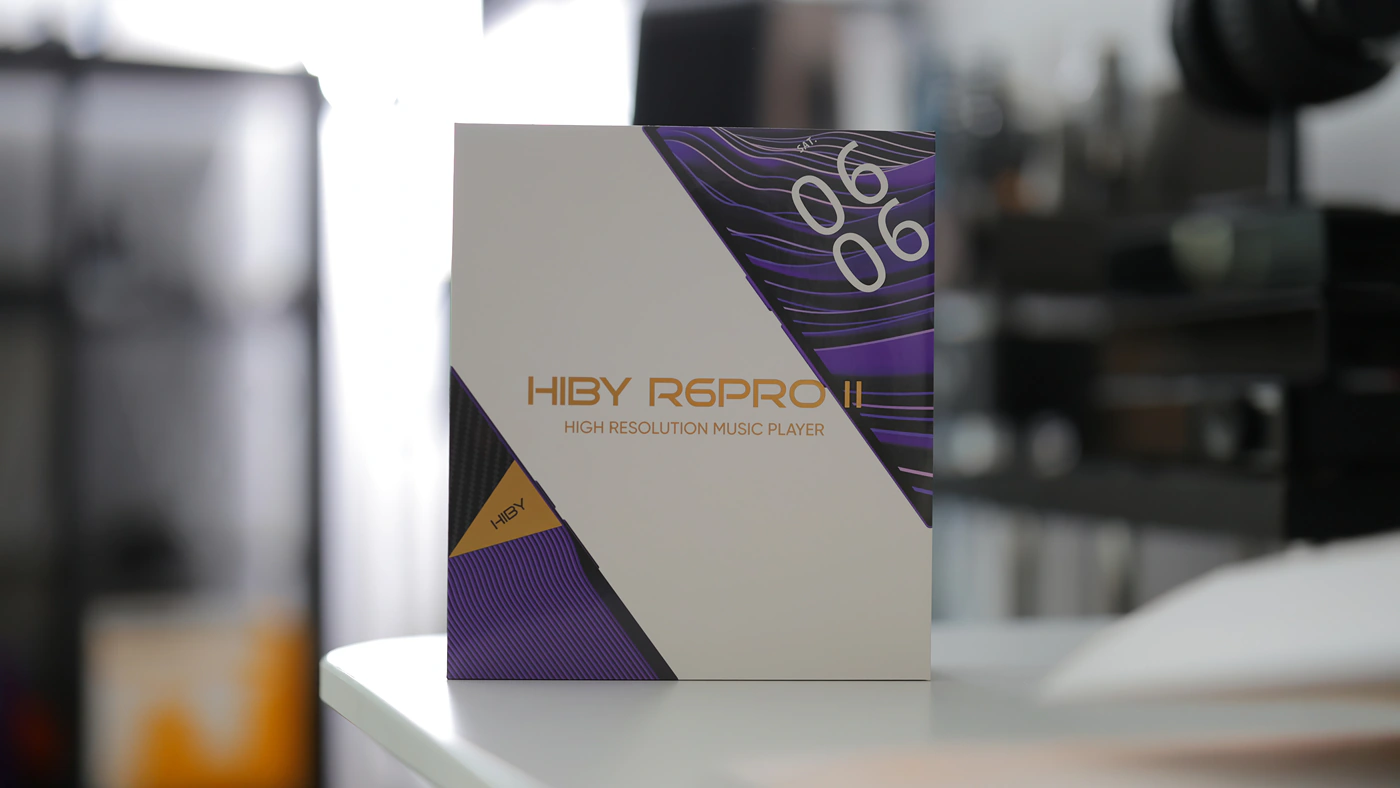
Introduction
Hiby has been on a roll with the release of entry-level products, and interesting, fashionable products, but their best known products are the high-end DAPs and Music Players, and it is what most people cherish them for, so I am thankful that today we have the chance to cover one of their better music players. Hiby R6 PRO II is a truly ingenious marvel of a DAP, priced in between iBasso DX180 and iBasso DX260, but much larger than both and constructionally comparable with iBasso DX320, although it has a lower driving power than all of them, being instead designed for easier to drive headphones and IEMs. We will study just how good R6 PRO II sounds like and what it handles best, both music styles and Earphones. As an Amazon Influencer, I earn from qualifying purchases, and using the purchase links in my reviews helps me maintain this website and Youtube Channel. Huge Thanks to Hiby for providing the sample for this review, in exchange for my honest opinion.
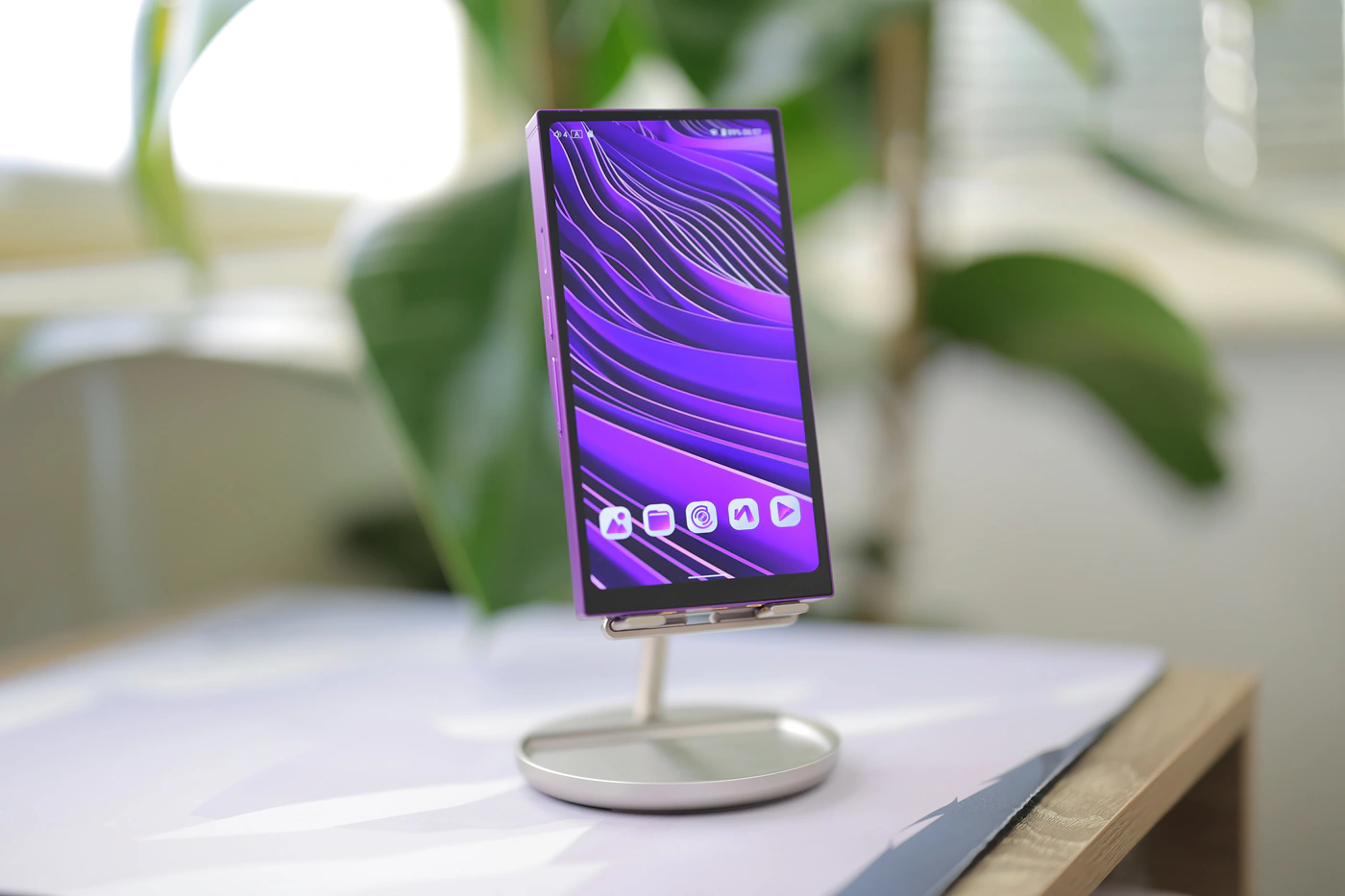
PROs – Notably good performance, smooth OS and stable firmware with no errors, all-button configuration feels solid, has dedicated Balanced Headphone Output and Line Out, perfect to experiment with external high-end AMPs, clean and noise-free sound with a colorful, vivid and punchy signature. Driving power is very good, distortion is low and the sound is pleasing and fun.
Cons – Short battery life and USB DAC delay.
Product Link
Official Link – https://store.hiby.com/products/r6-pro-ii-gen-2?
Build Quality/Aesthetics
Starting with the beautiful DAP unit itself, r6 PRO II is rather large device, and dressed in purple it looks like it was ripped straight out of the neon Genesis Evangelion series of Anime and Movies, with even Hiby recognizing a growing fandom centered on the theme, and having released a special edition R4 that doesn’t just imply the reference but fully plays into it. The official page exploring the R6 PRO II is very technical and shows just the best of what the DAP has to offer, first explaining that it is a Lossless HD Music Player / Hi-Res Portable DAP.
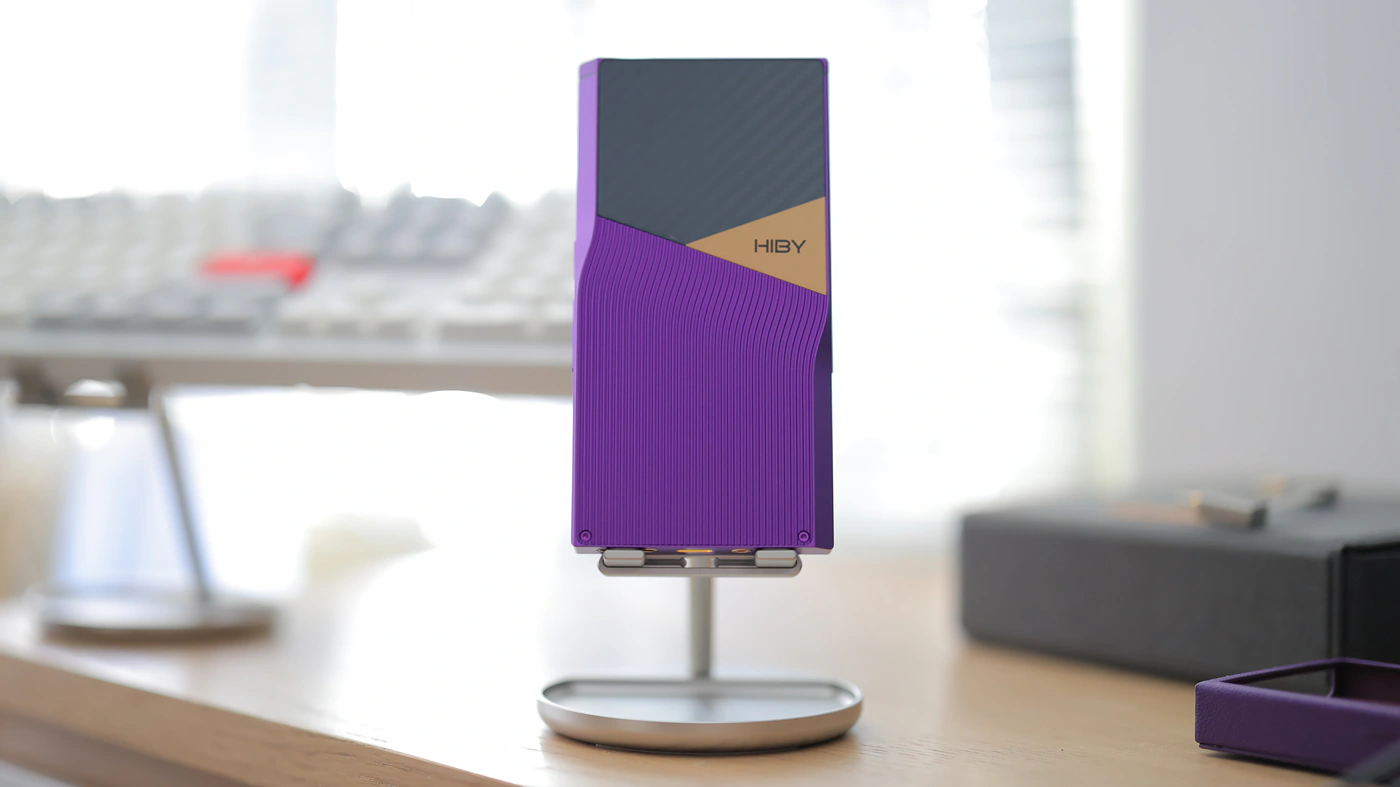
We have an Android 12 Operating system with an open design and full support for virtually any app or service you may want to install on R6 PRO II. I have tested and multiple apps work, including Tidal in full effect, Youtube works fully, and so does Spotify. Even more exotic streaming services work just fine, and games will also run very well, even Google Chrome on Android works perfectly well. The CPU that allows all of this extravaganza is a Snapdragon 665 8-Core CPU, with 1.8 GHz of speed, and the DAC decoding all the audipo information is a combination of AK4191EQ + Dual AK4499EX. This is the only DAP I am aware of which uses this combination, and most modern DAPs released in the same price range either are using proprietary DAC solutions, or rely on the ever growing in popularity CS43131.
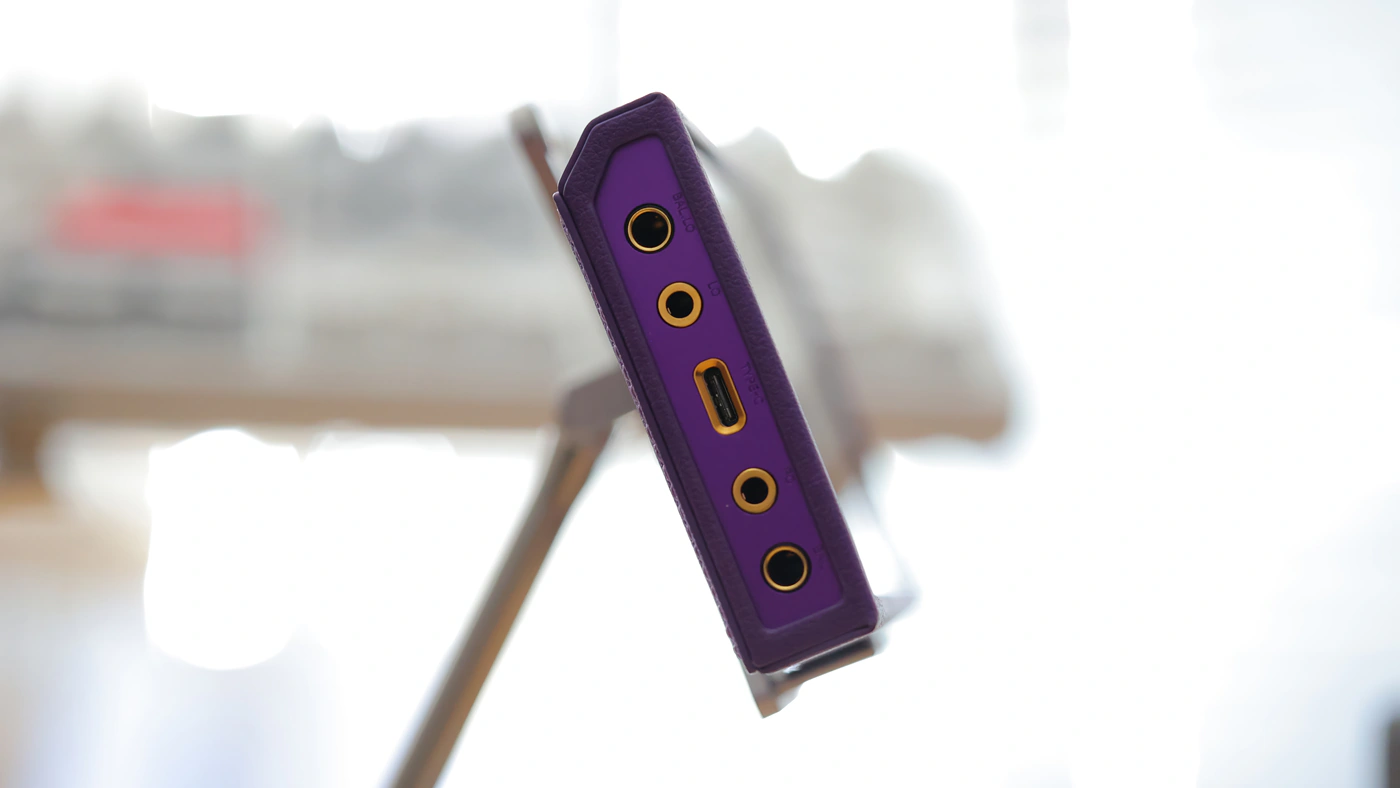
The formats supported by R6 PRO II include DSD up to DSD1024, PCM Data Streams up to PCM1536kHz / 32 Bit, and MQA up to MQA16X. When it comes to MQA, I cannot guarantee anything as Tidal has phased out support for it, and for the most part my library consists of RedBook Audio files, but it still is quite awesome knowing your DAP can support the higher resolution formats for when they will become more popular. We have two analog outputs, which can act both as headphone outputs and Line outs, one being a 3.5mm single ended output and the other being a balanced 4.4mm output.
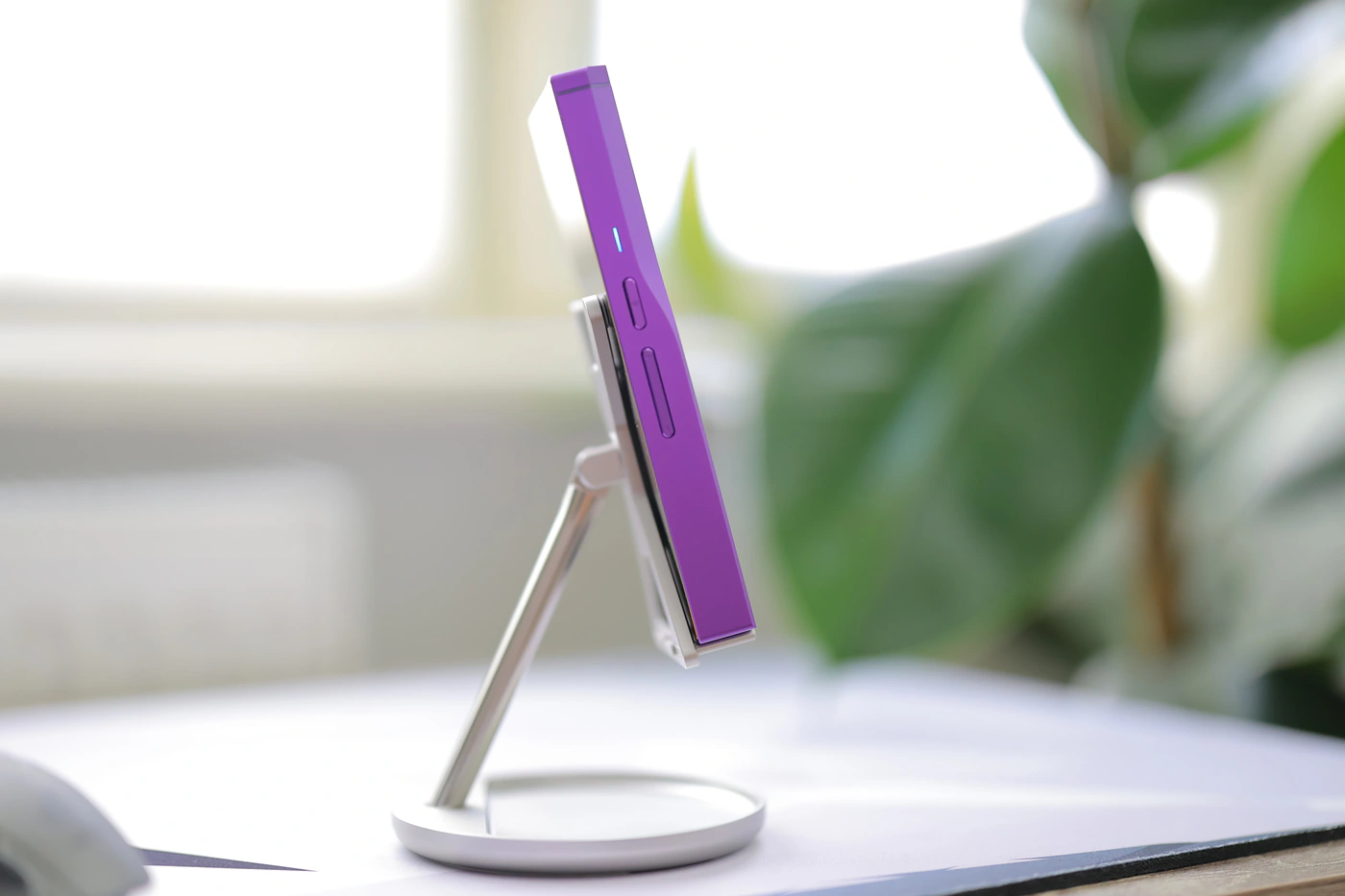
For the digital Outputs, we have Type-C USB Output which should work with virtually every dongle DAC AMP on the market, and I have even tested and can confirm it works with iBasso D16, and we also have a coaxial digital output which I can confirm works very well. For the wireless part, we have Wifi supported with both the 2.4 GHz and the 5 GHz networks supported and Bluietooth is supposed by a Two-Way bluetooth 5.0 chipset, having all the high quality codecs enabled, including UAT, LDAC, aptX, aptX HD, AAC and SBC. We also have advanced Lossless wifi Audio support, including Airplay and Hiby Link and DLNA.
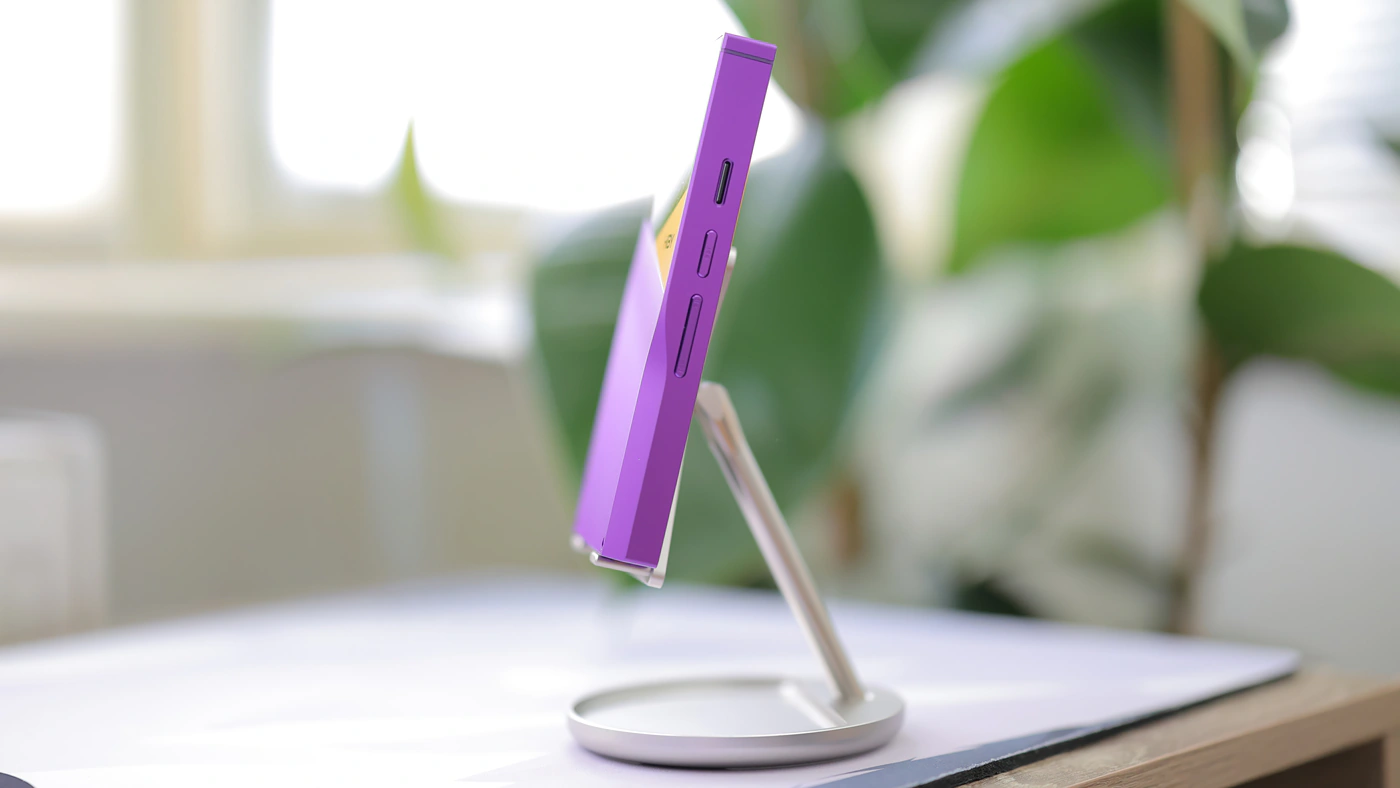
To watch the content on the R6 PRO II you will use a 5.9″ IPS Display which has a resolution of 2160×1080, and it is a very sharp looking, contrasty and high resolution display. To store files, including Tidal temp downloads, we have 64 GB of internal storage, and a RAM of 4GB in the LPDDR4x-1866 format. MicroSD cards up to 2TB are supported, and we have both USB 2.0 and 3.2 support from the Type-C port, with a bandwidth up to 5 GBPs. R6 PRO II is a fairly lightweight DAP, having a 285 grams weight, and it has a size of 147.45×75.2x15mm, being a bit thicker than my S23 Ultra, but smaller in height and width. The main frame is made of aluminum with a toughened glass backplate.
Battery
We have support for both 9V 2A and 5V 0.5A chargers, and I can confirm that while some Chifi DAPs will not charge properly from a high-speed charger, R6 PRO II works well with all the chargers I have around the home. To give you a high playback time, Hiby uses a 5000mAg batter with a 3.8V voltage, and this offers us up to 8 hours for the 3.5mm headphone output, in Class AB, and up to 7 hours of playback for the 4.4mm balanced output in class AB.
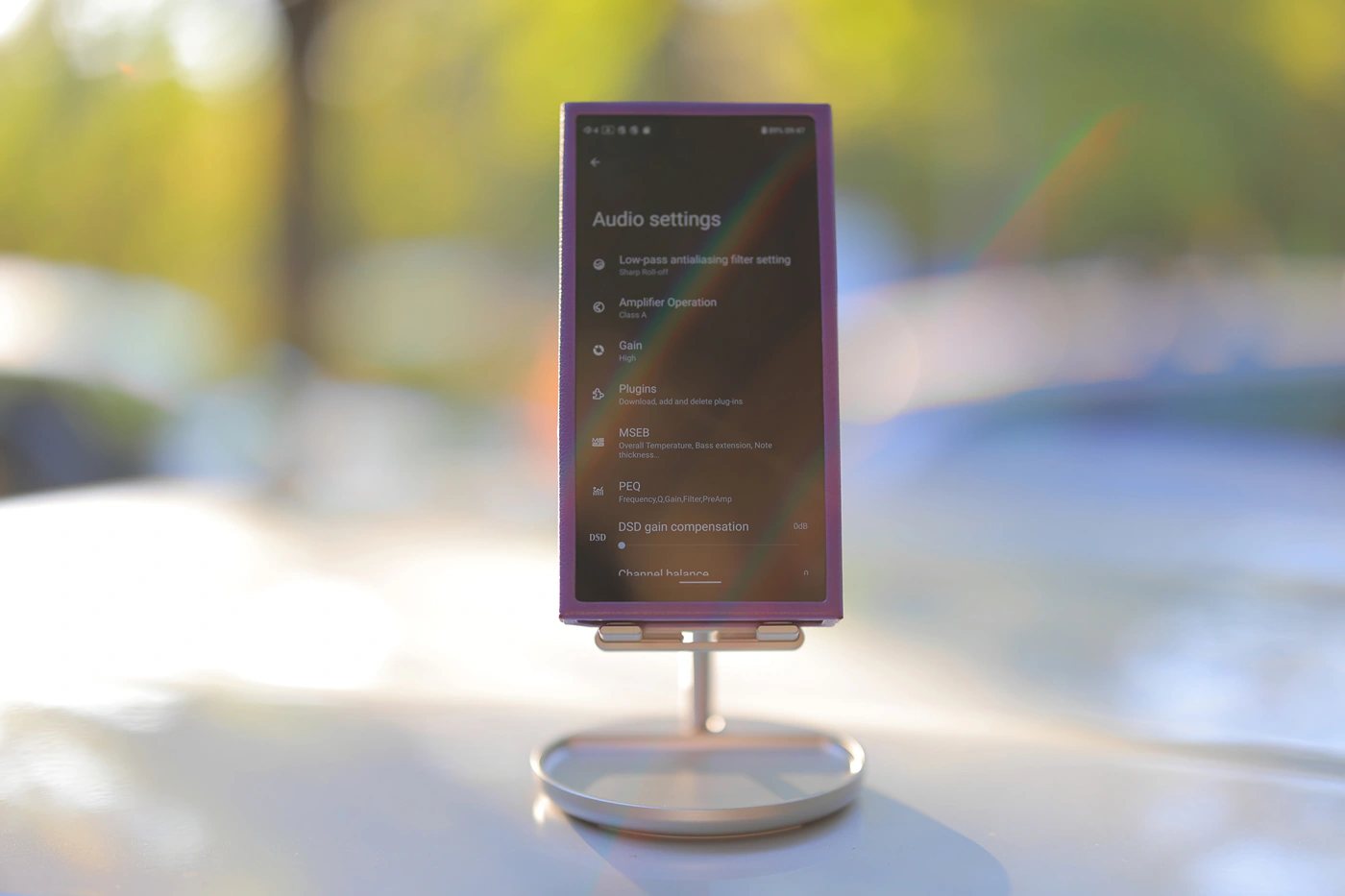
In class A, which will sound quite a bit better, Hiby R6 PRO II will get warmer and draw more power, and the playback extends to 6 hours for the 3.5mm SE output, and 5 Hours for the 4.4mm balanced output. As we’re talking about full Class A amplification, those numbers seem low in comparison with other DAPs, but they are high in comparison with other DAPs that use full Class A Amplification.
CPU / Software
The firmware of R6 PRO II is fully upgradeable online, with OTA upgrades raining down on you if you order one now, as it catches up with all the bugs that Hiby Solved. Hiby is one of the companies with the best support for upgrading the firmware and you can expect the R6 PRO II to receive further firmware upgrades for many years to come. I found the firmware to move very fast, but the screen refresh rate is 60 Hz, so it won’t be as smooth as a modern smartphone that can push over 120 Hz for the refresh rate.
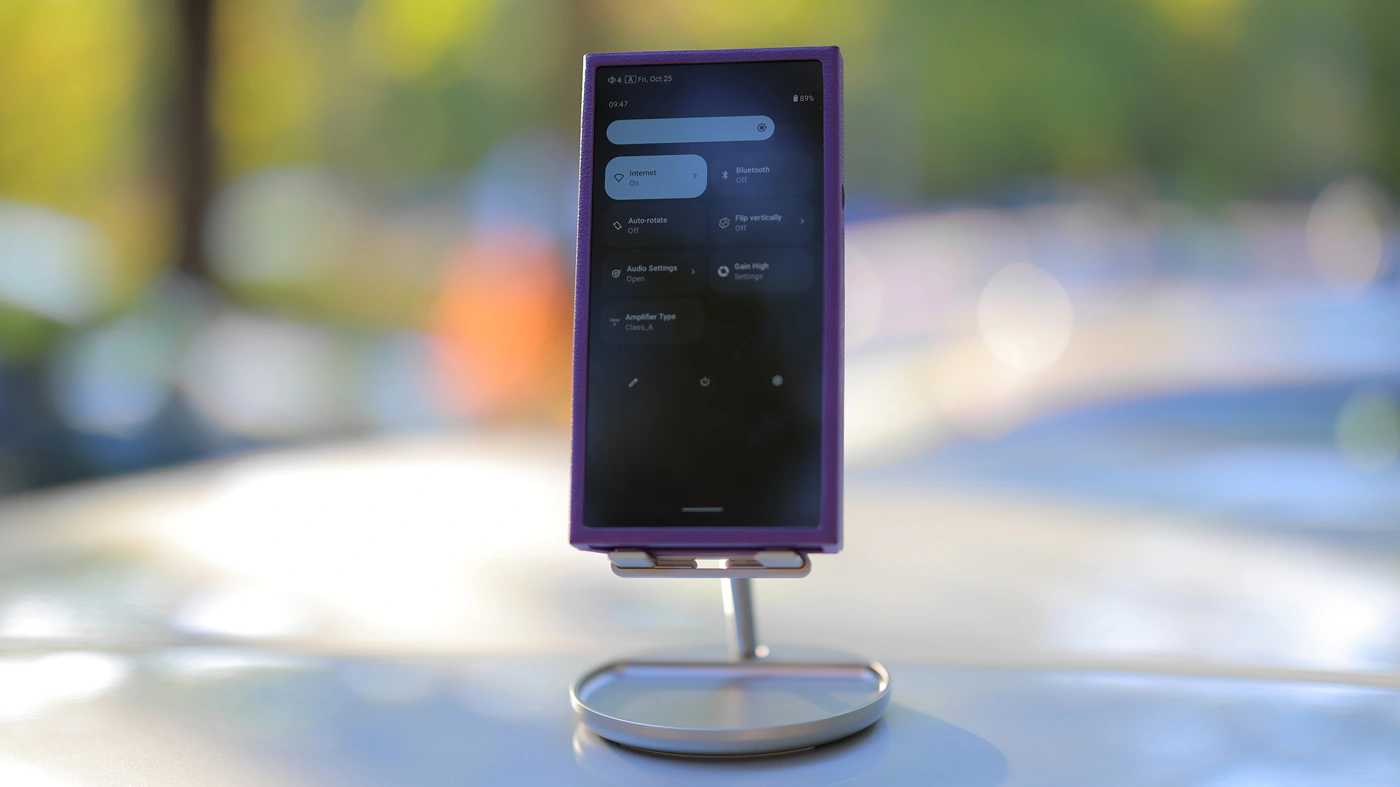
Overall, you will mainly be using hiby Music to play songs on the R6 PRO II, and it is one of the smoothest, most complete music apps, to the point where I am using it as the main music app on my smartphone too. It takes some getting used to the buttons which are placed much lower on R6 PRO II than on any other DAP on the market, but the sharp and bright display, and snappy OS make up for it.
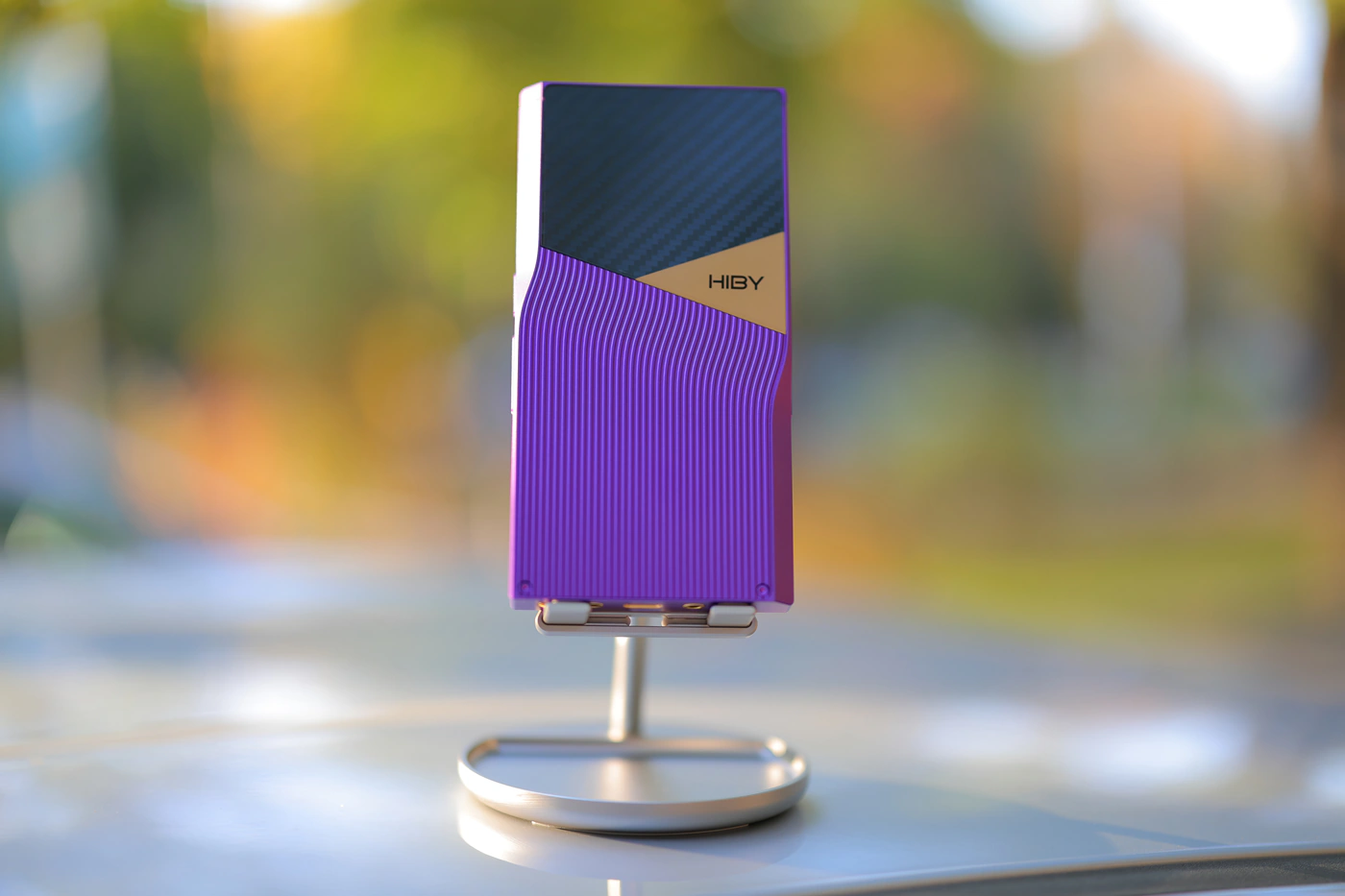
Thanks to the high amount of RAM, multitasking is a breeze, and Hiby Music comes with Graphic Equalizer, Parametric Equalizer, and even MSEB or Magic Equalizer which is Hiby’s own EQ and DSP that adjust sonic characteristics instead of raw frequency response diagrams. Overall, I was able to play any song and music file, just as I typically do on my smartphone, and the whole operation is superb. I noticed that as long as you’re not playing music, the DAP itself is cool and runs quickly, but the Class A AMP can make it grow warm during playback.
USB DAC / Subjective Usage
The subjective usage is excellent. All features work extremely well, with some extra features that I have not seen before implemented so well, like the bluetooth DAC Receiver with LDAC and aptX HD being reliable, and the new Pure Audio mode which was added per customer requests. A Pure Audio mode will disable much of the Android kernel and support for apps and allow you to focus on playing music from the internal memory of the R6 PRO II. The main reason there is a pause at the first second of each song is that the AMP goes to sleep, and this is great for a full Class A AMP, with the AMP taking a bit to wake up.
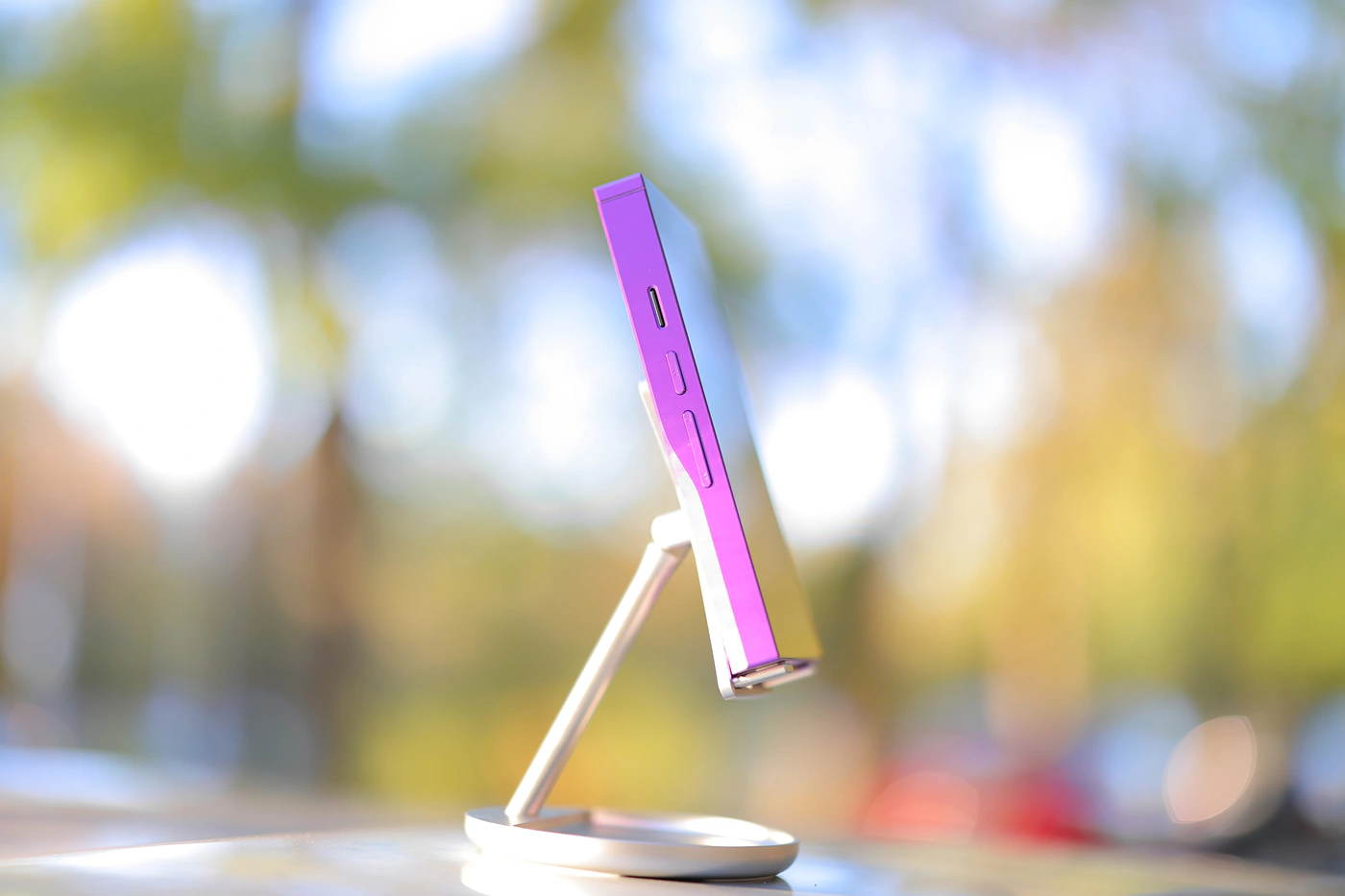
Engaging the Pure Mode will disable the USB DAC function as well as the Bluetooth function, but it can audibly improve the sound in certain scenarios. To my ears, it feels more like a pure focus mode where you won’t be distracted, as the sound is similar between Pure Mode, playing files from the microSD card, and USB DAC. There is a tangible difference when using R6 PRO II as a Bluetooth DAC, but the sound is still very good with a minimal delay. As Pc computers cannot currently transmit LDAC or aptX HD Properly, I was only able to test the function with my phone, and can confirm it works and sounds beautifully, but the setup is too cumbersome to play games or watch movies.
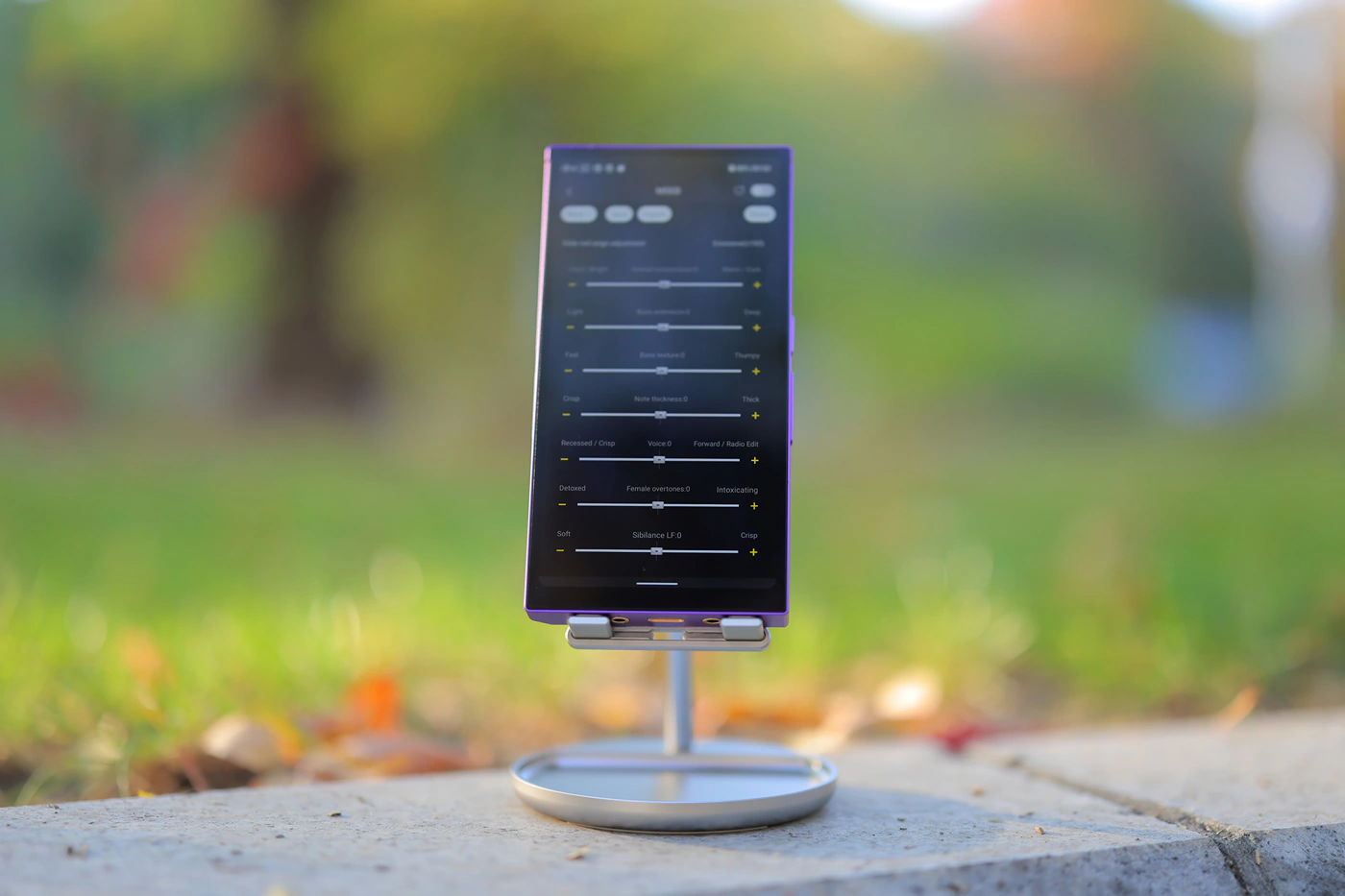
The USB DAC function works beautifully, but it has between 100 and 200 ms of delay, and R6 PRO II is thus not designed for playing games or watching movies. After pressing play, there is around one second of silence while the buffer fills up, and charging the resolution and bit depth does not seem to have any impact on this. An interesting side effect I have noticed with R6 PRO II is that the buttons on the left side are playback buttons, and MPC-HC detects those when it is used as a USB DAc, and the song changes faster than any keyboard combination for mouse clicks.
Sound Quality
Pairings and Match-up – To test the Hiby R6 PRO II properly I have paired it with multiple IEMs and Headphones. On paper, the driving power is on the conservative side, but I found the sound and control to be excellent, even up to max volume even with hard to drive headphones and IEMs, and the loudness saturation gradient is superb, and while at first I expected R6 PRO II to struggle with hard to drive headphones based on the technical data, it actually handles everything really well. I have paired R6 PRO II with Nf Acous RA15, Mirph-1, Dan Clark Audio Expanse, Audeze MM-100, HIFIMAN HE1000SE, Campfire Audio Bonneville, Spirit Torino Twin Pulse beryllium, Soundz Flame, Soundz Avant, and Westone MACH 60. While I mostly used IEMS, R6 PRO II can power the Expanse to beautiful sonic levels, with strength, low THD and no distortion even at very loud volumes. With IEMs, I did not notice any hissing or background noise, just a pure, raw, colorful sound.
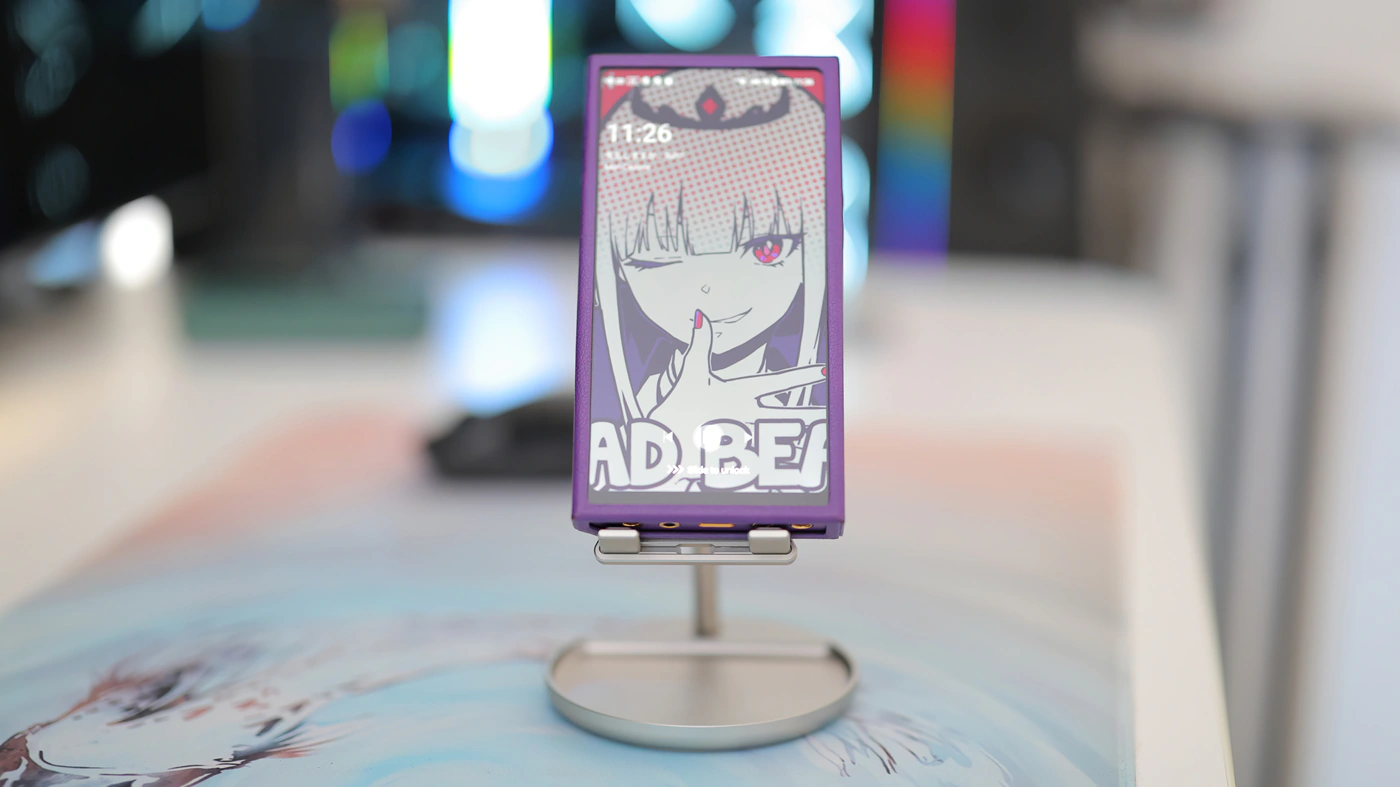
For IEMs, you can use the single ended headphone output, which has a maximum power of 125mW, while the balanced output has a maximum driving power of 383mW per channel. This is quite conservative, and you will not achieve very loud volumes with hard to drive headphones like Dan Clark Expanse or He1000SE, but at lower volumes, the sound is very controlled, clean and defined. With IEMs, this power is plenty and R6 PRO II will paint a beautiful, vibrant and vivid sound. I can notice absolutely zero background noise when using the R6 PRO II to drive Campfire Bonneville, Sweear He-Live 5, or Soundz Avant. In fact, thanks to the lower driving power, the loudness Saturation Gradient is ideal for IEMs, you have really fine control for them.
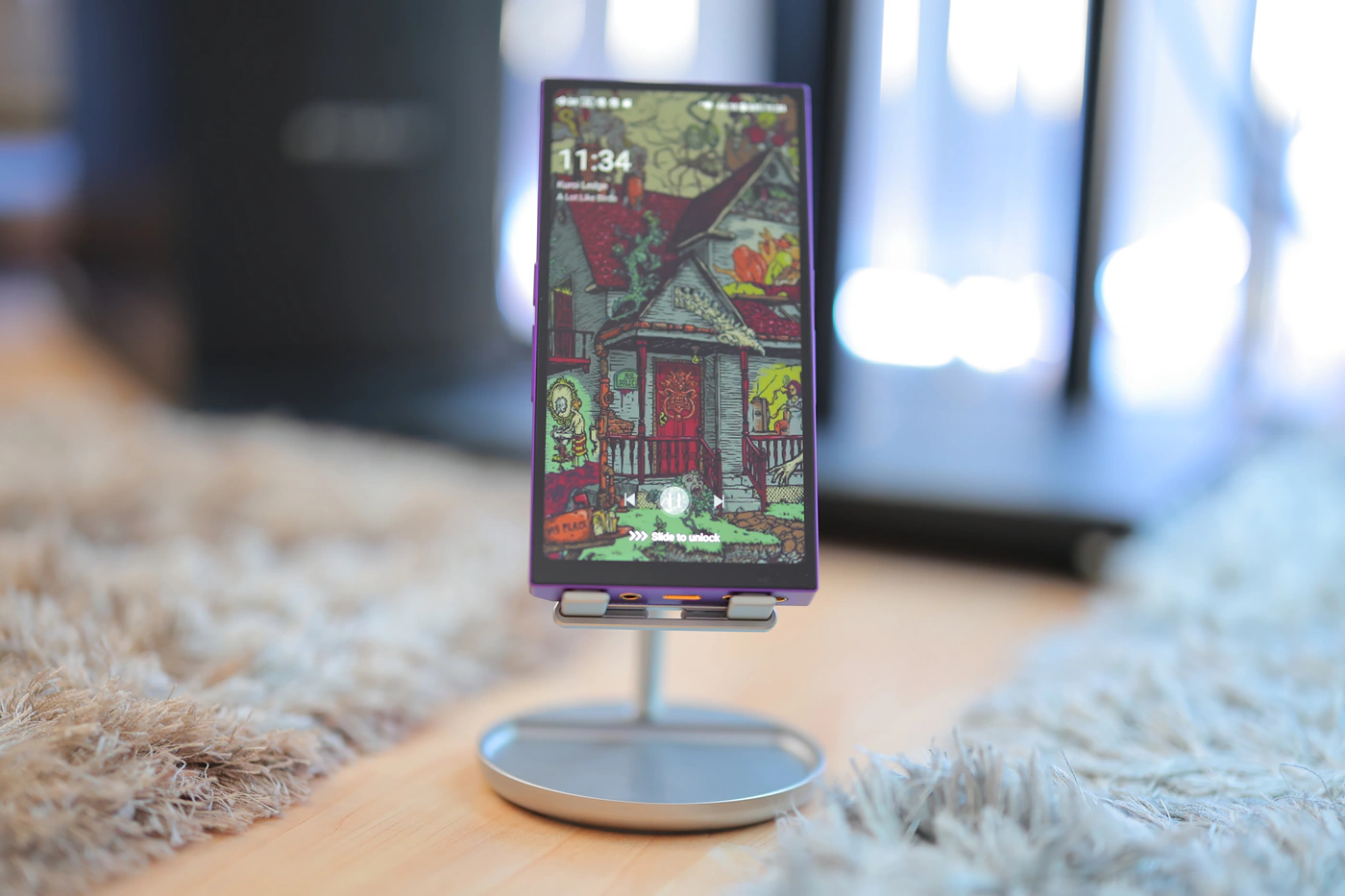
Overall Signature – Hiby R6 PRO II will inherently have two different signatures, one in Class A and one in Class AB. Class A generally sounds superior, more driven, more colorful and higher resolution with better impact and better detail rendering, but it consumes more power, and Class AB is very close behind, allowing you to get two extra hours of battery life, or around 40% extra for the balanced headphone output. The sound is also drastically different between the balanced and the single ended output, with the balanced output sounding really crisp, vivid and colorful, and the single ended output sounding much warmer, smoother, fuller and generally bassier. For the balanced output, the sound is balanced tonally, and there’s no tilting towards a warm or a bright sound, but r6 PRO II seems analytical and highly resolute.
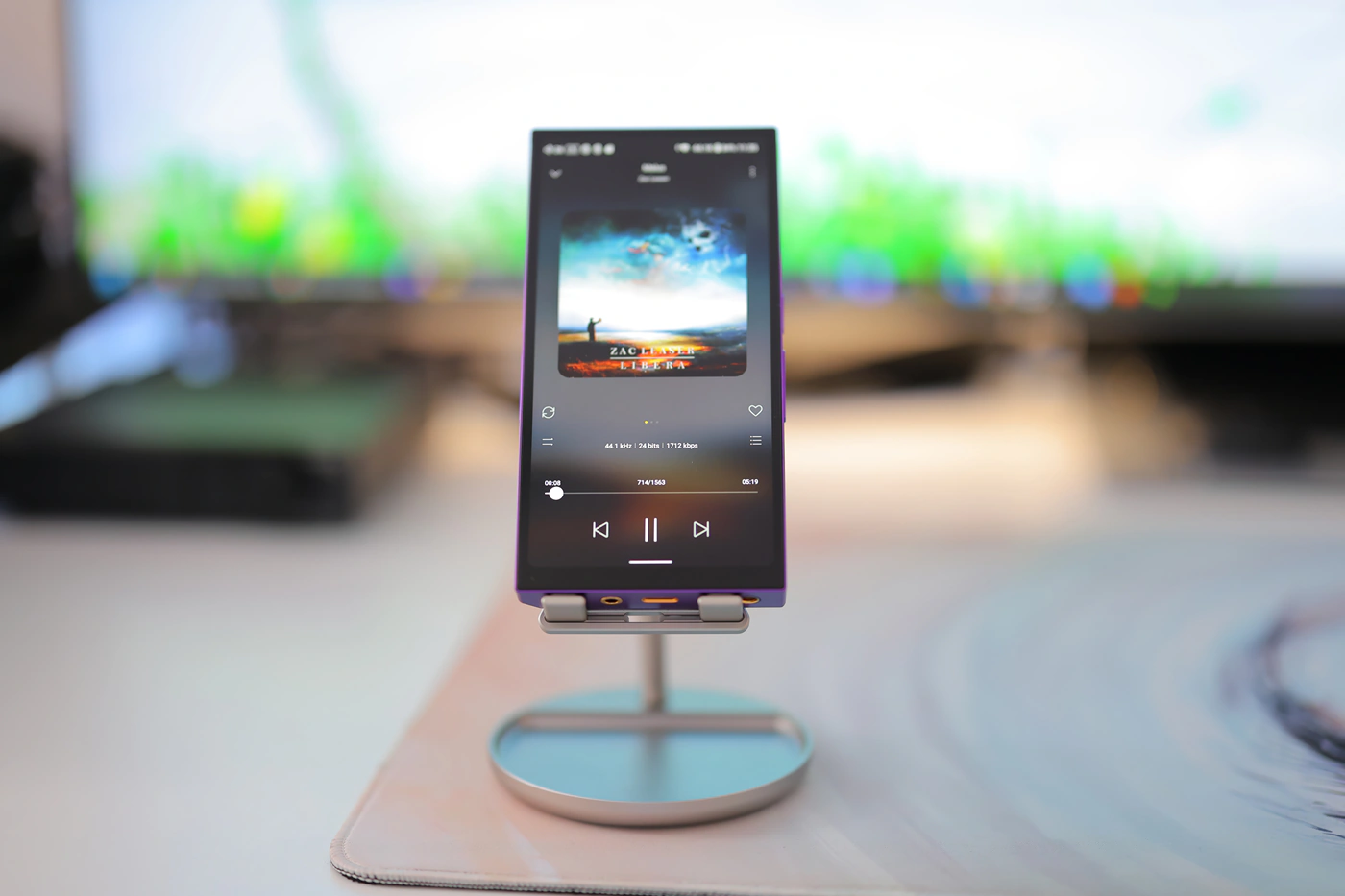
You have to keep in mind that switching between Class A and Class AB will not change the driving power, Noise floor or SNR, nor the voltage swing, but it will change the Minimum THD, which is lower in full Class A. Beyond the technical, Class A has a unique flavor to sound, and comparing between them, Class A will sound more forward, with better control, a more aggressive voicing and more punch across all frequencies. Generally, Class A is far more engaging, more detailed, but can feel authoritative and ballsy, and if you’d rather have a presentation that allows you to take the passenger seat, Class AB can surely offer a more relaxed approach, although it loses the technical edge Class A has. For most of today’s review I have used the Balanced 4.4mm output paired with the Class A Headphone Amplifier, with all EQ settings disabled.
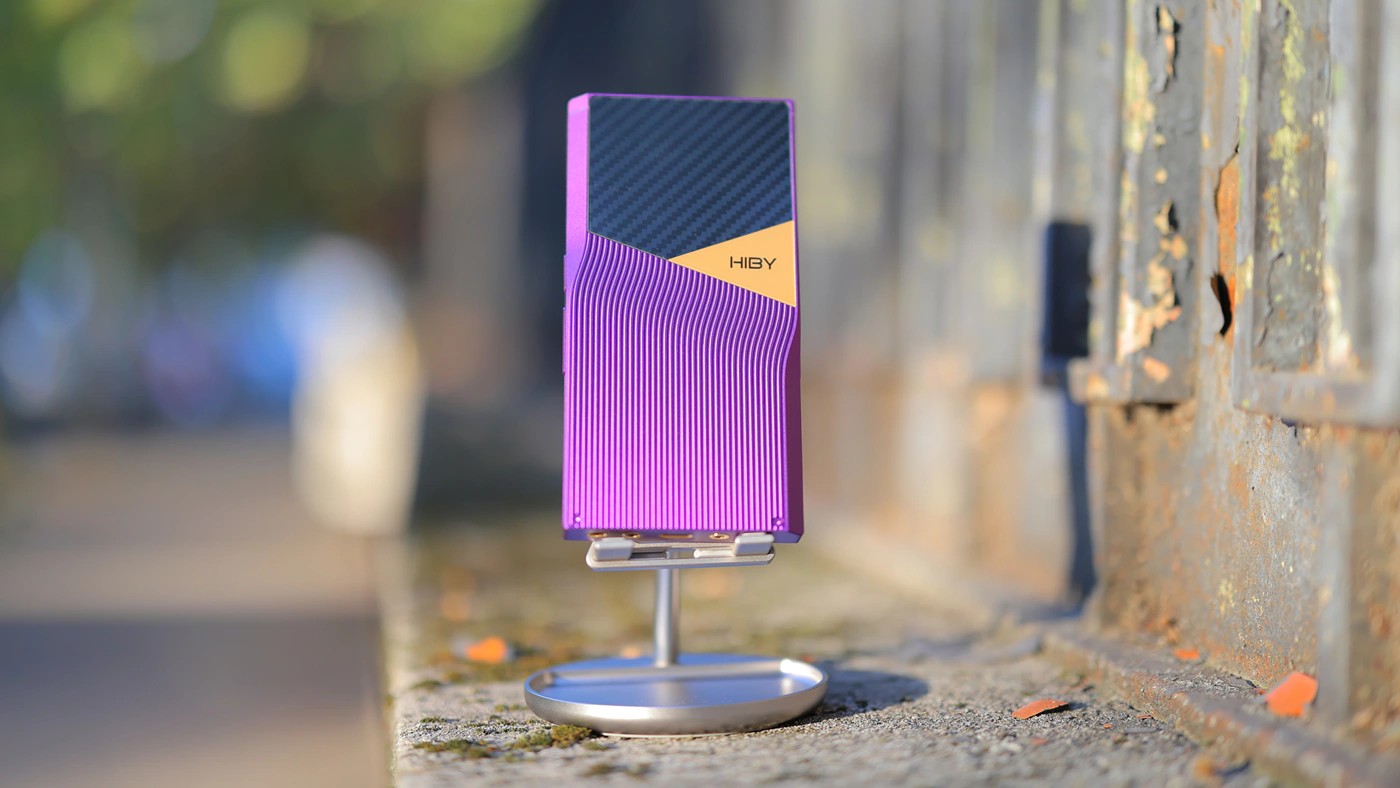
Bass – Starting with a punchy, natural-fast bass, R6 PRO II sounds technical and rounded, is able to keep up with all music styles, including quick rap, technical death metal, and rock, showing a highly revealing bass and excellent speed across all music. Bass impact is hard, and drive factor is on the high side, so bass has a slightly forward presentation. There is a big difference between the bass sound across songs, pointing to a highly technical sound, as R6 PRO II will allow each song to punch and vibrate where it has to. With the right IEMS, you can reach earthquake levels of bass, but with that ultra quick and high-resolution presentation. With IEMs, R6 PRO II can achieve true depth, but has a way of revealing exactly the frequency of the bass in the song, being delightful for technical music styles, especially metal, where bass notes are audible, and presented each at their own frequency range.
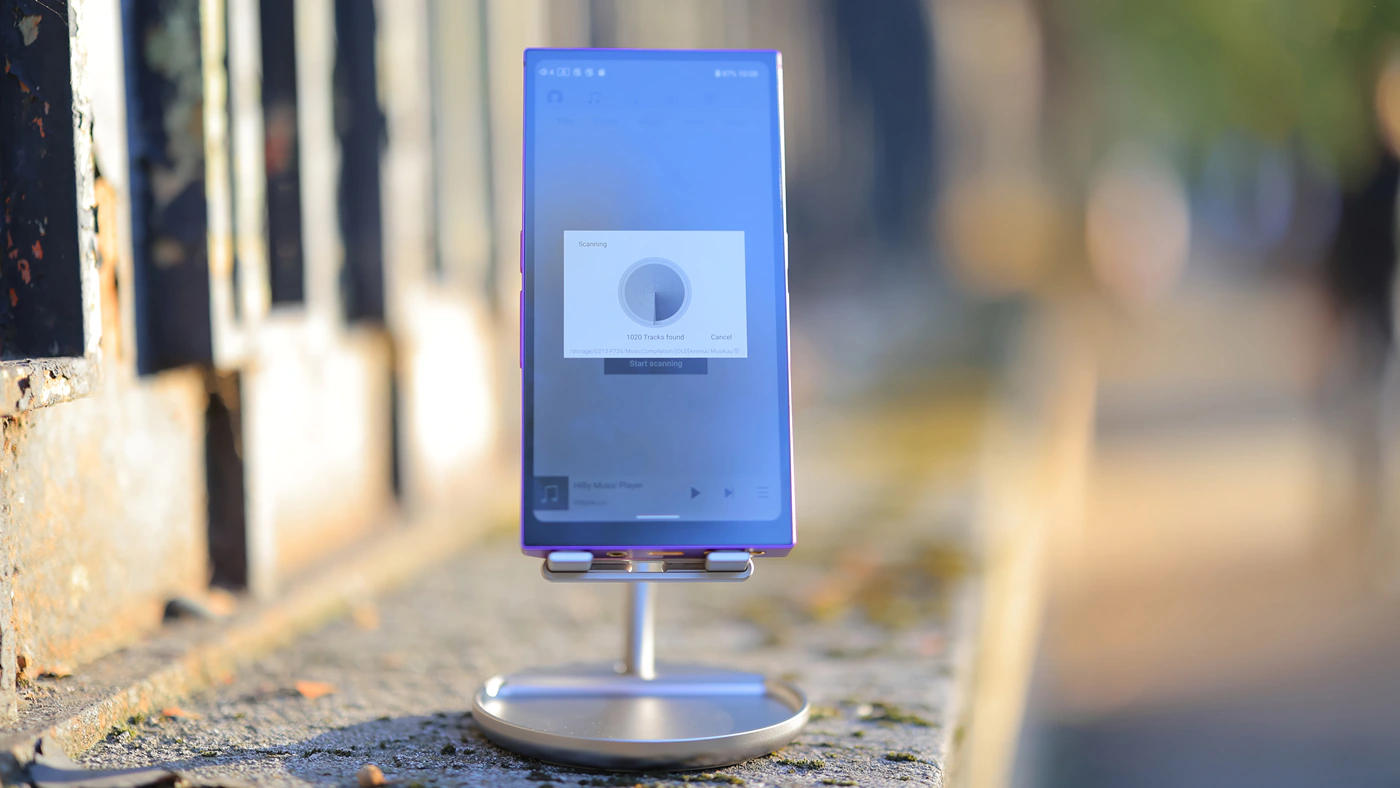
Midrange – We have a sweet, colorful and driven midrange that sounds authoritative and has a perfect control over all instruments, with excellent revealing ability and busy track handling. Female voices are emphasized beautifully by the fast response midrange, and you hear micro details and inflections in voices / lyrics easily, with a super emotional and vivid presentation of female voices in J-Rock, J-Pop and ACG tracks. Male voices are deep and powerful, while guitars are separated from the voice layer, with most tracks having a holographic, deep and wide presentation. I am hearing one of the strongest instrument separation levels I have ever heard, regardless of the price range, along with really excellent resolution and detail. While the driving power is not very high, with IEMs, R6 PRO II reaches the level of a flagship in resolution, clarity and vocal acuity. Bass guitars stand out from vocals and guitars are presented separate from pianos, resulting in a really technically capable sound with excellent resolution and micro detail levels.
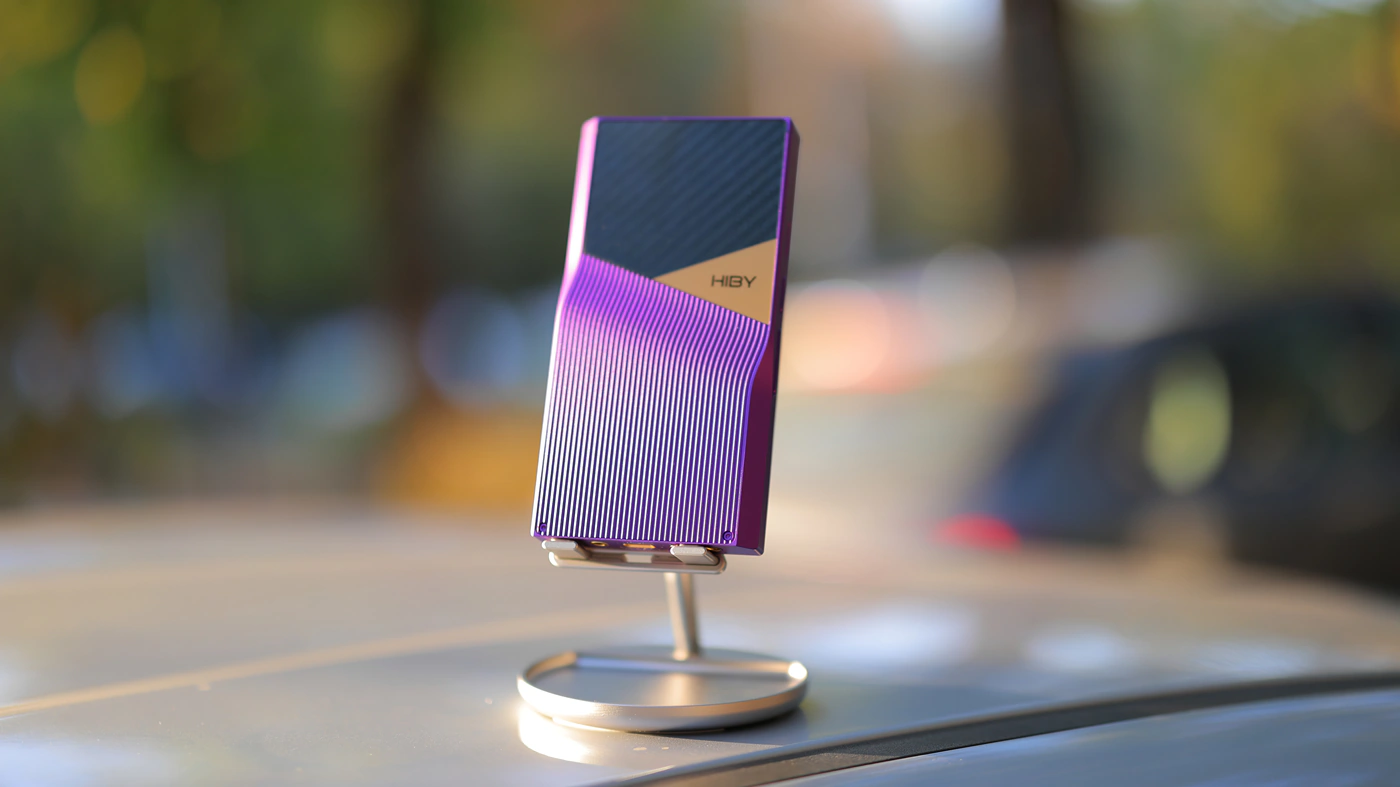
Treble – To complement the dynamic and punchy sound, Hiby gave R6 PRO II a refined, but brilliant treble that can reveal sparkle, air and bite in music, but won’t feel fatiguing and harsh, thanks to the texture handling and setting the treble to ever so slightly gentle and soft. With a beautiful musicality and a wide soundstage in mind, treble extends nicely up to 18 kHz, with a similar amount of energy all across the treble. The unique thing is that I’m hearing a fast, dry and technical treble, where each cymbal crash is different, there’s no peaking and no preferred tone for the cymbal, R6 PRO II being exceptionally transparent and capable of rendering cymbals, snare and drum sounds in general. I always try to hint in my reviews what music styles a player, earphone, speaker sounds best with, and R6 PRO II works best with music that is strongly dynamically compressed and complex, especially metal, rock and technical death metal, deathcore, but also works very well with rap, and synthetic music, pop and dubstep.
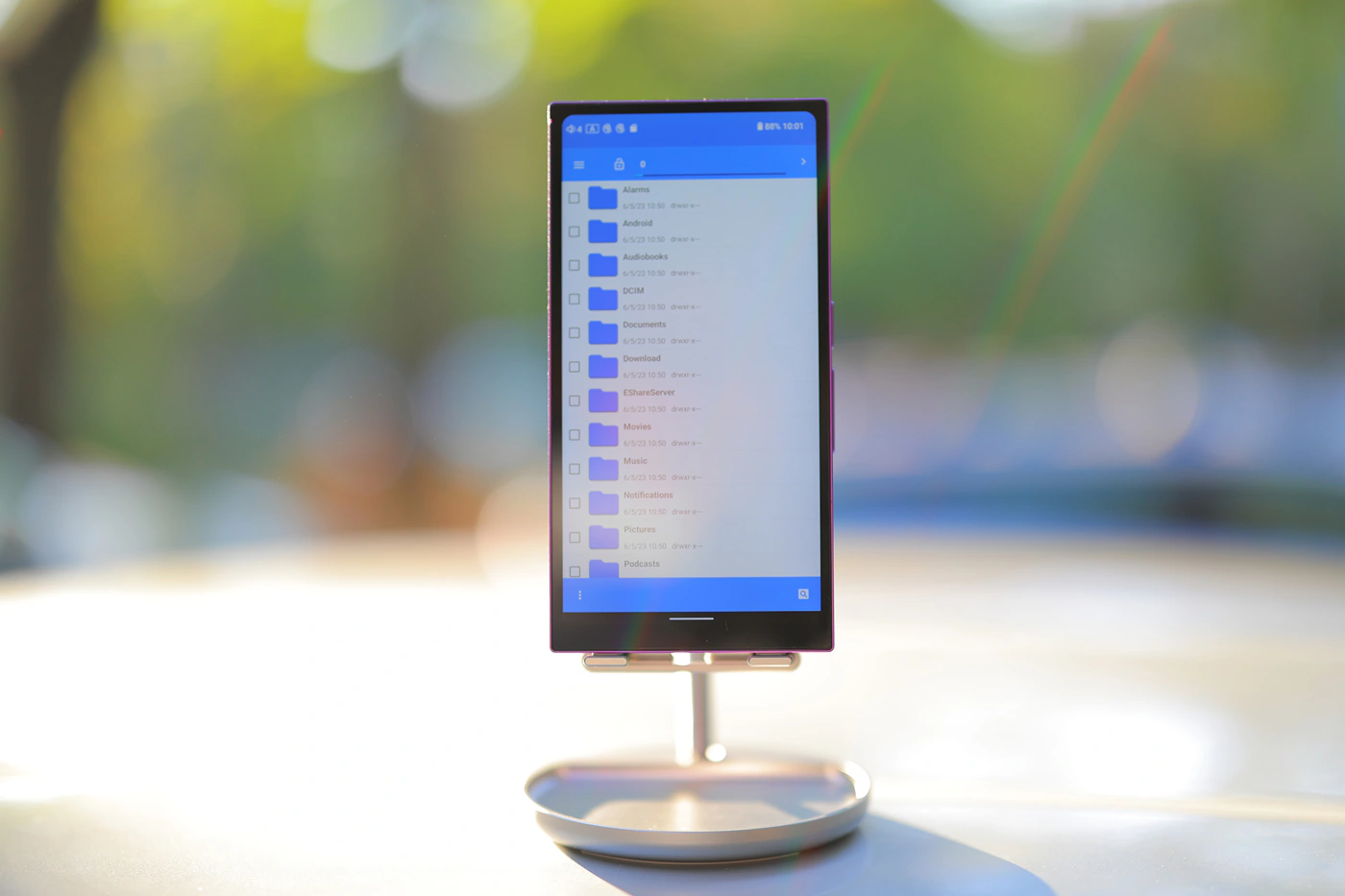
Dynamics – Hiby R6 PRO II shows a very dynamic sound, with a high amount of separation between instruments, even when the dynamic range is compressed and flattened, and you will always hear a playful sound with good definition for each instrument. I tried the most exaggerated example and put on some ultra heavily compressed ACG / Pop music and the sound is still fantastic in resolution, definition and detail. The more compressed the song is, the more information R6 PRO II seems to recover and the more colorful, vivid it seems to paint it. There are not a lot of DAPs that have this effect, and usually if the source material is badly compressed, the DAP reaches the dynamic limit, but R6 PRO II is really dynamic and punchy sounding. To really define what it does to music, it emphasizes the information and textures heavily, which makes simpler sounding rap songs really detailed and crisp, while technical music like death metal sounds extremely detailed, allowing you to hear a lot of instruments, background information that simply wasn’t there before.
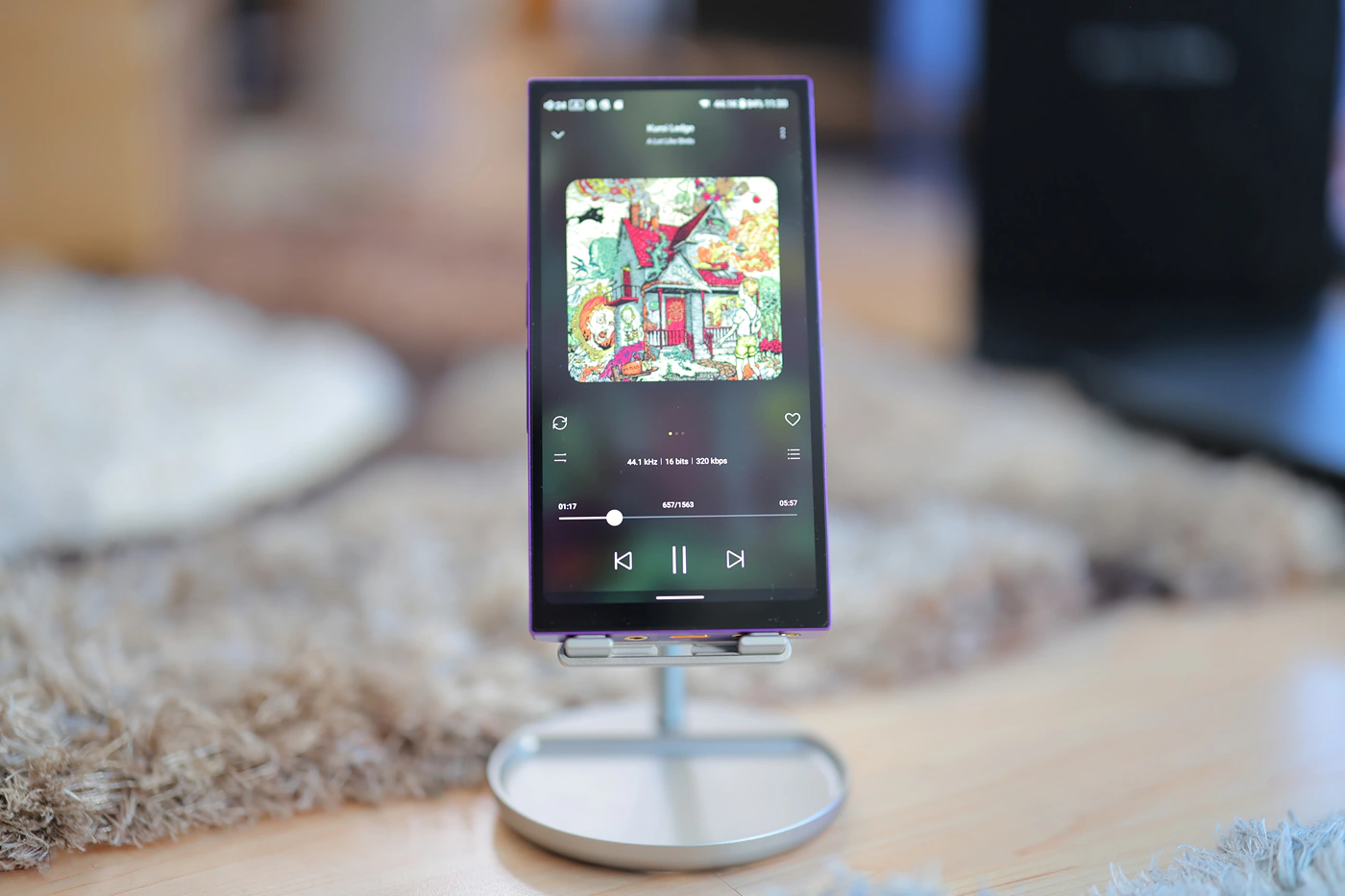
PRaT / Textures – With a quick and dry sound you can expect every bit of texture to be revealed, and R6 PRO II is great for mixing, recording, mastering and music work in general, as it allows you to really discover your collection like a transparent magnifying glass. While I fully expected this kind of tune to be fatiguing, R6 PRO II just reveals the textures, but in the AKM DAC style, it keeps them fatigue-free, and with basically any IEM I drove from it, there is a rich, extruded and edgy texture, but it never sounds fatiguing or heavy on the ears. There is more resolution and vocal acuity with R6 PRO II than the vast majority of DAPs, so you get a much more evident reverb sound and effect in all songs, which makes rap music far more engaging.
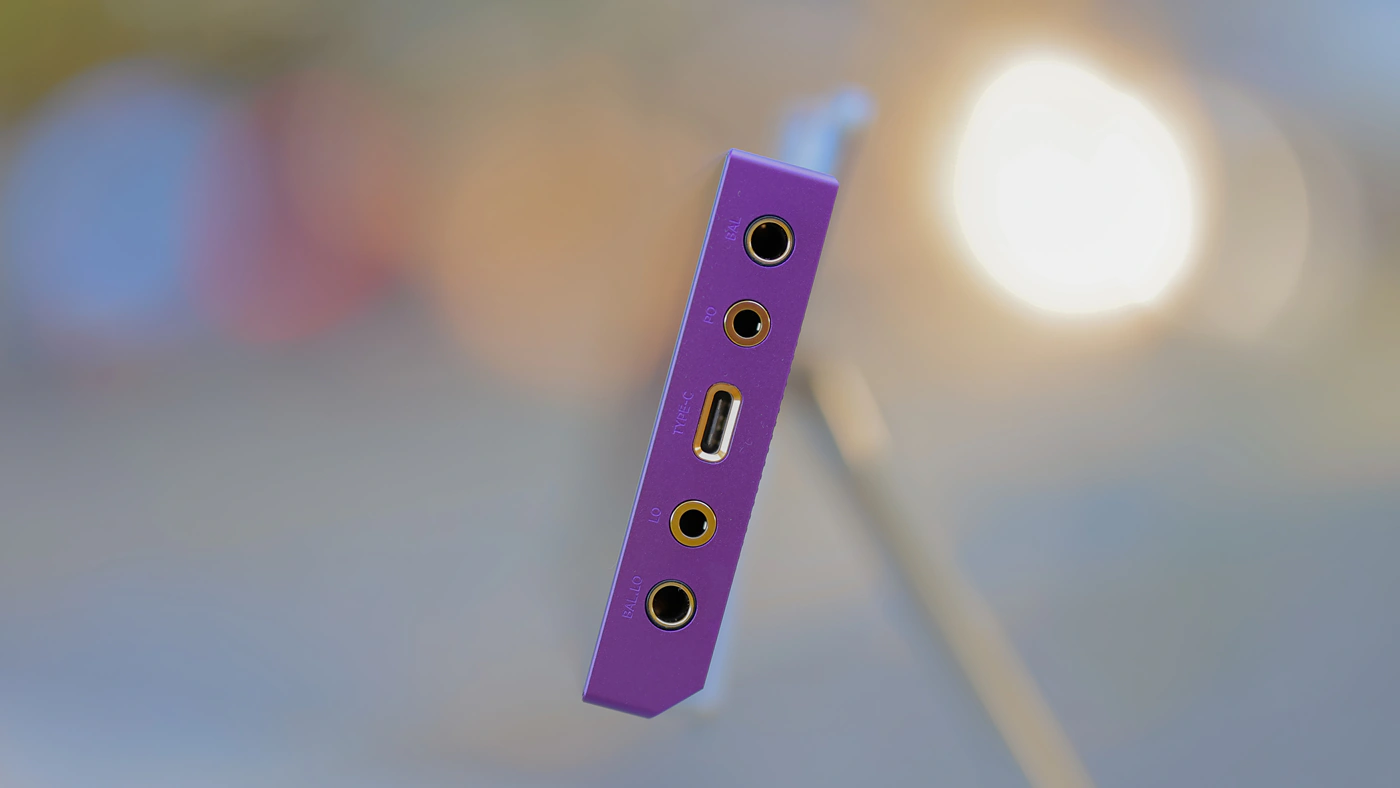
Loudness Saturation Gradient – When a DAP has a lower driving power, it allows for a more granular volume control with IEMs, and while I never really paid attention to this before, R6 PRO II shows what I consider to be excellent control, virtually no background noise regardless of the IEMs, and also has a low output impedance, having a beautiful sound with all IEMs, even the ultra-sensitive ones. For headphones, there is not a lot of driving power if you want to go loud, and with Campfire Bonneville, using the balanced output, I am sitting between 69 and 72 volume on maximum gain and Class A AMP, so you will likely not be driving hard to drive cans. Even when approaching max volume, the control is exceptional and THD very low.
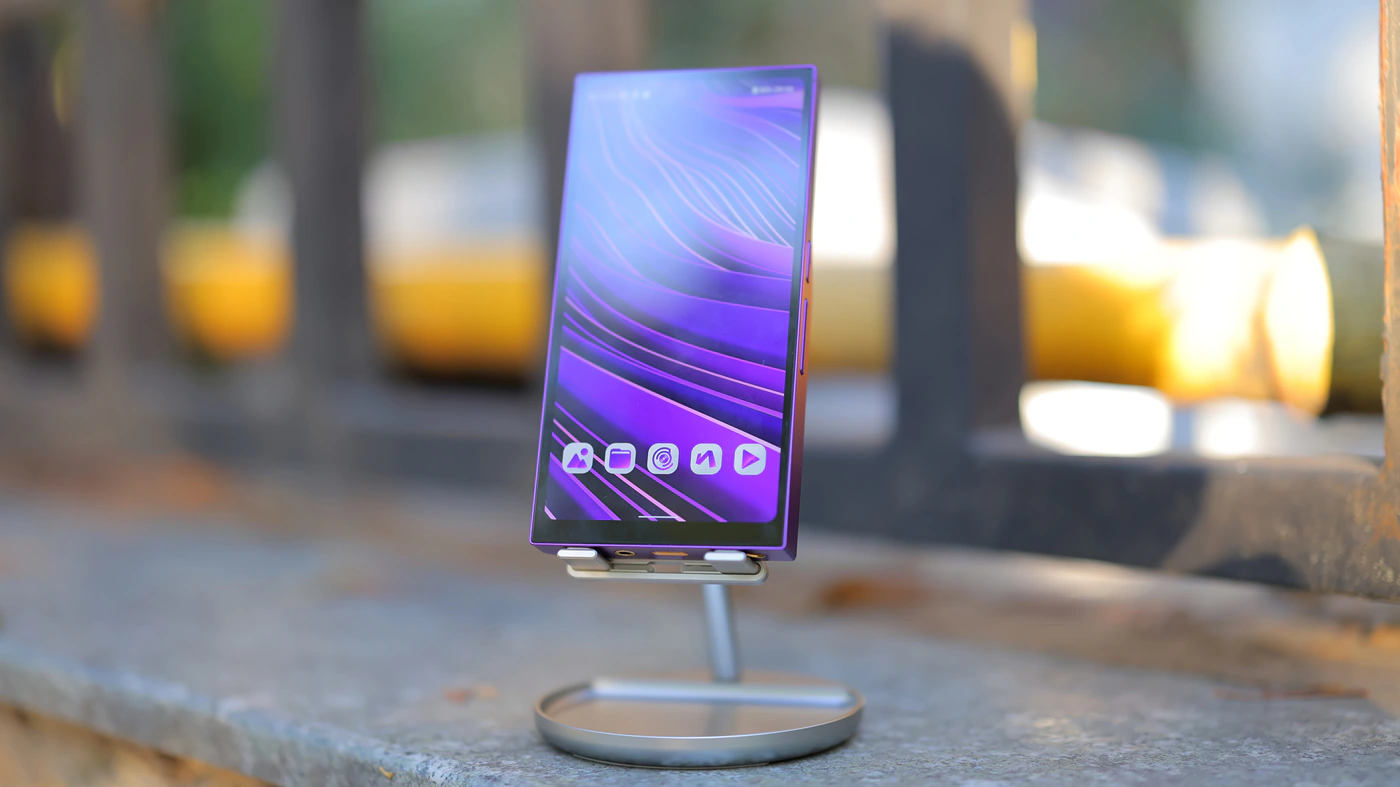
Soundstage – When exploring the depths of the staging R6 PRO II offers, you will notice a really wide and holographic sound with exceptional instrument separation, and a strongly analytical sound. Depth is average, as the bass is neither colored towards warmth, but the raw lateral projection is exceptional, giving R6 PRO II one of the most colorful presentations ever seen and heard. The raw amount of separation and clarity it can offer to any track played is insane, R6 PRO II being a testament to how wide you can project music and how holographic you can make things sound.
Comparisons
Hiby R6 PRO II vs Dethonray DTR1+ (749 USD vs 1000 USD)
Build – Although the price tag is similar, DTR1+ offers a much simpler device, with only one ability, to play music from a microSD card. This being said, the battery of DTR1+ is so easy to replace that I had to take some photos while reviewing it, and while it does not have any kind of USB DAC function, it has a beautiful sound, and a strong driving power. Hiby R6 PRO II feels as if it comes from a whole different universe, having a lot more function, complex EQ profiles, it can run basically any app you can think of from the Play Store, and it can also work as a USB DAC, Bluetooth DAC, and even supports wireless Hiby Link and Airplay, being quite literally a versatility master. The battery life is similar between the two, but the touch screen control of R6 PRO II makes it much easier to explore a huge library compared to DTR1+ with which it is really slow to browse through a large library. To get a smartphone with the sound of a high-end DAP, R6 PRO II is much better, while for a truly puristic DAP, DTR1+ will offer music and nothing else.
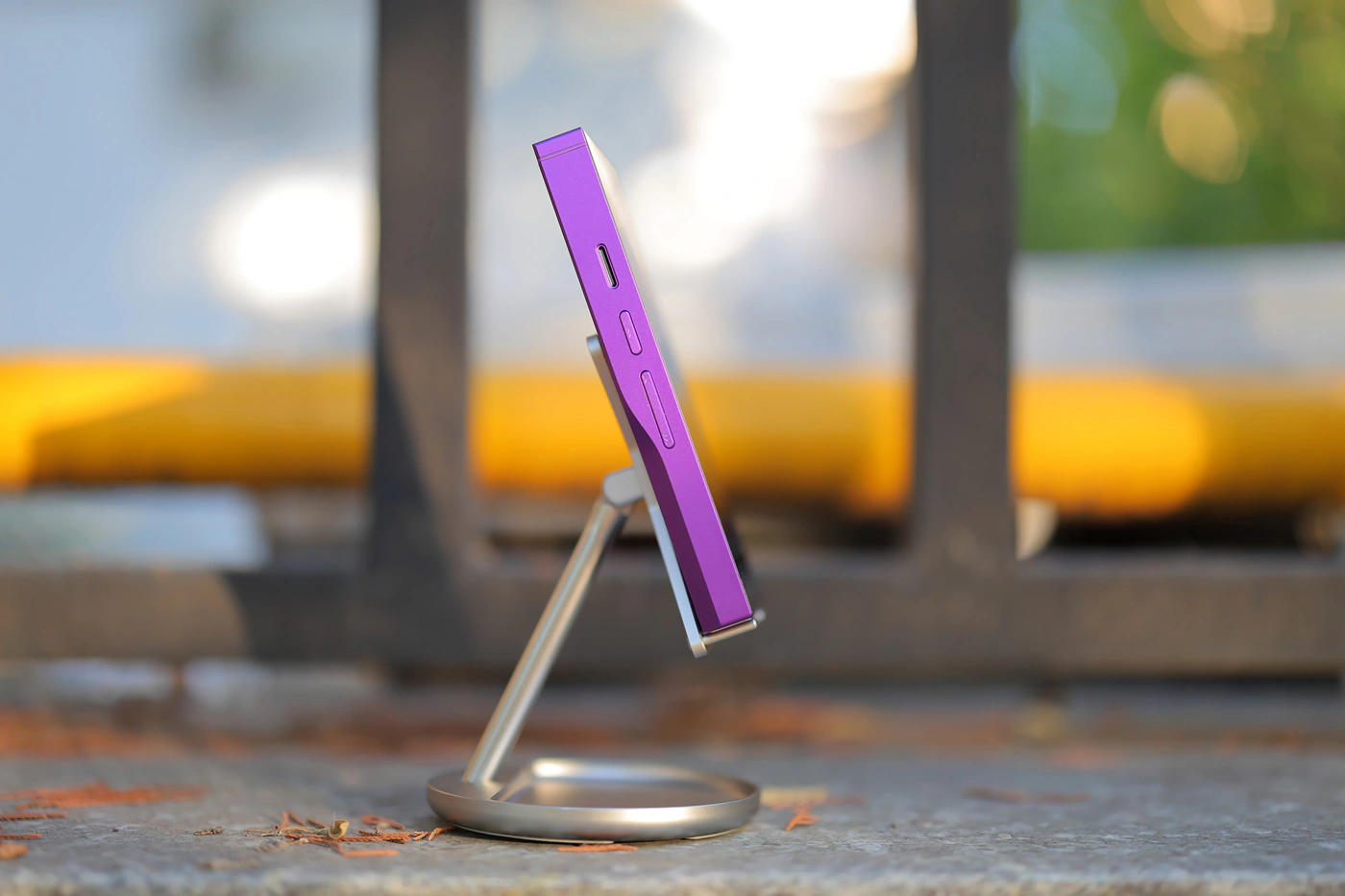
Sound – As you’re likely purchasing both for sonics, DTR1+ offers a much smoother, fuller and heavier sound which is richer in the lower midrange and is much more relaxed in the upper midrange and the treble. In stark contrast, R6 PRO II sounds way more neutral, with just a bit of warmth added to the mix, but can reveal more information, detail and micro details in the midrange and especially in the treble, which DTR1+ seems to not enforce on the listener. While DTR1+ is quite forgiving of the source material and makes even harsh and sonically abrasive music sound good, R6 PRO II is a very transparent, very honest DAP that reveals all the information available in music really well, it makes it much easier to notice information, and is also more forward, and more dynamic, more vivid and more aggressive. AS you can further configure R6 PRO II to sound bassier too, and have a full set of DSP processing at your disposal, it is a better purchase if you’re looking for versatility, while DTR1+ would work wonders if you’re looking just for that smooth, full and luscious sound.
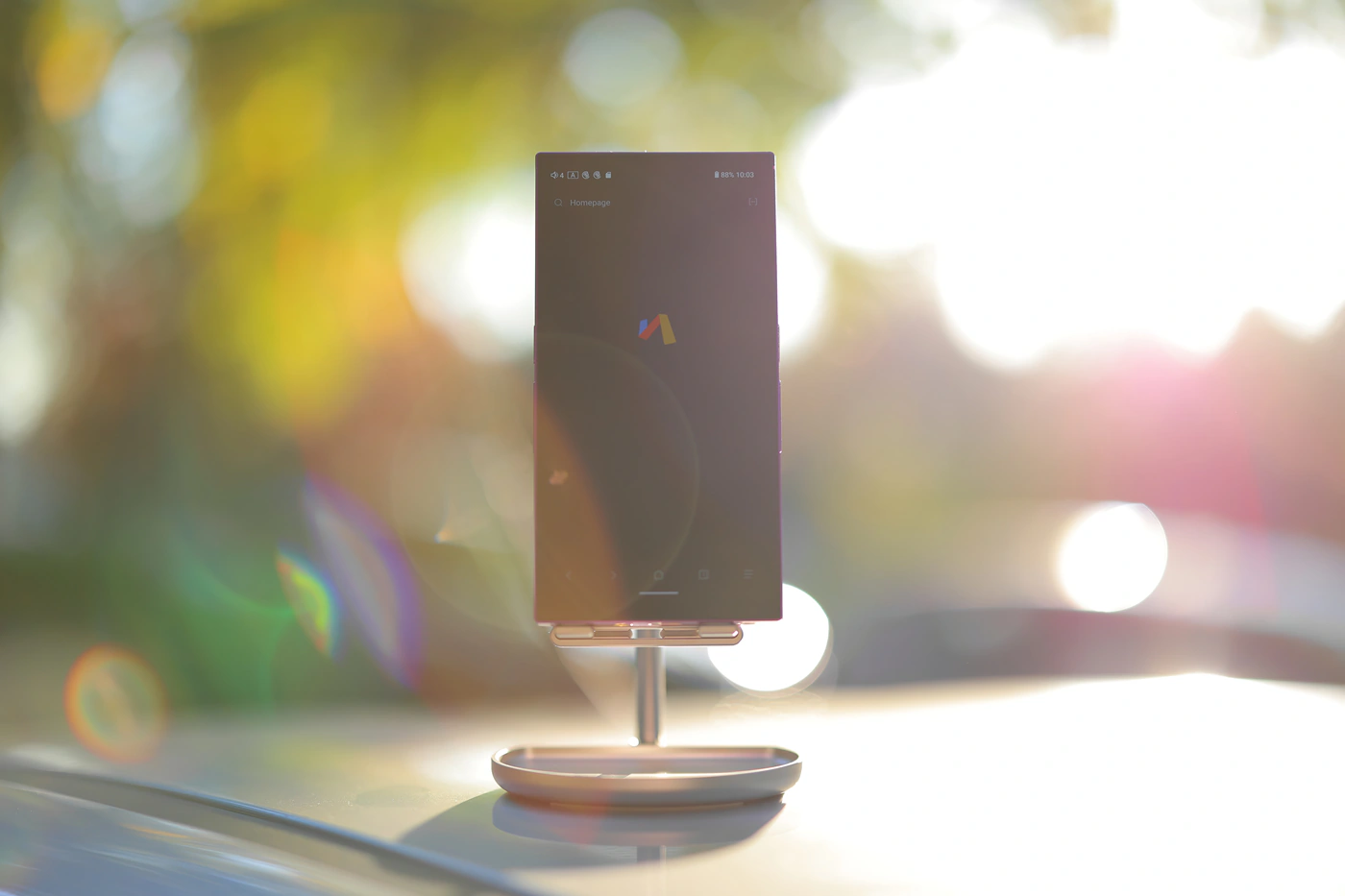
Hiby R6 PRO II vs Hiby R6 III (749 USD vs 499 USD)
Build – I really liked R6 III, but it has been one of the questions I received the most – how does the R6 III compare to R6 PRO II. Physically, the two DAPs are different. R6 PRO II is thinner and larger, with a bigger display. While I am not one to watch movies on a DAP, R6 PRO II would be better for it, and I like the larger size for browsing my large libraries too. The software support is very similar, both have almost the same CPU and RAM configuration, with about the same internal memory, but the 5″ display of R6 Gen 3 has a lower resolution, and individual pixels are noticeable. The DAC chips inside are very different, and while R6 PRO II uses flagship state-of-the-art DACs, R6 III uses a more affordable ES9038Q2M Dual ESS DAC combo. The maximum driving power of R6 Gen III is a bit higher for the balanced output, but in practice you’re unlikely to ever notice the difference. The USB DAC delay is lower on R6 PRO II, but it exists. The best sound battery life is a bit shorter on R6 PRO II, with R6 Gen 3 having one extra hour, but R6 Gen 3 has a far longer battery life if you’re using it in Class AB mode or with the single ended output instead of the balanced output, despite having a smaller battery.
Sound – As both DAPs come with a full-sized Class A AMP, you may guess correctly that the reason there is a difference in battery life is because R6 PRO II has a better sound in some way, and that is absolutely correct. R6 PRO II has a higher level of detail, a faster sound which is technically better, it can project music wider and deeper too, while R6 Gen 3 sounds more aggressive and struggles more with complex passages in songs like those sang by Wintersun, which are known to layer guitars straight on top of each other. Basically, they follow a very similar tuning and tonality, but R6 Gen 3 is a more affordable DAP that could questionably be more practical, while R6 PRO II sounds much more professional, it is more technical and more revealing. There’s more potential, more actual information and a more dynamic, more vivid sound in R6 PRO II, the better DAC and inner design shines with all music styles.
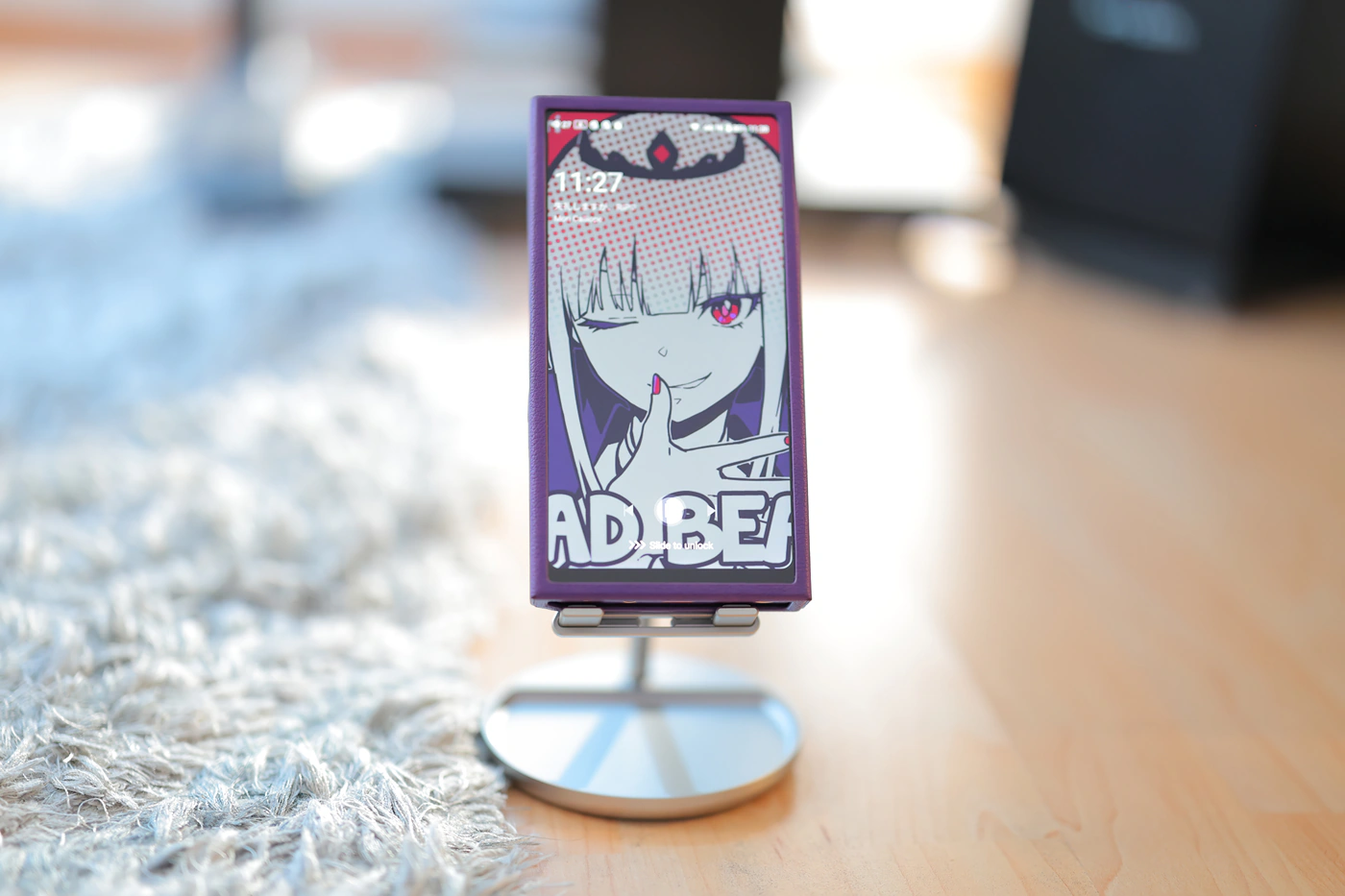
Hiby R6 PRO II vs iBasso DX260 (749 USD vs 949 USD)
Build – Although this comparison might feel unfair, starting with the actual device, DX260 costs more, has a slightly slower CPU from a technical standpoint, but a higher dynamic range technically, and a very different DAC inside, using 8 CS43198 DACs. It is incredibly easy to replace the battery of DX260, while for R6 PRO II no one tried so far. DX260 is quite a bit smaller, a tiny bit lighter, and instead of Hiby Music, it uses iBasso’s Mango App, which is just as capable for playing music, but has less DSP options, yet also an excellent EQ implementation. DX260 has a considerably longer battery life, up to double the battery life of R6 PRO II, despite having a smaller battery in size. R6 PRO II runs Android 12, while DX260 is running Android 11, both are Open OS and can run basically any app out there. There is no delay when using DX260 as a USB DAC, while there are some with R6 PRO II. From the papers, DX260 has almost three times the power output, at 1015mW per channel, compared to R6 PRO II which has 383mW per channel. This is important when driving large headphones, but R6 PRO II is mostly made for IEMs, where it has a really non-existent background noise even with ultra-sensitive IEMS like Swear He-Live5 and Campfire bonneville. Overall, R6 PRO II feels more like a high-end smartphone with a superb sound, while DX260 is a smaller device with a more sound-centric dedicated design.
Sound – Driving the same pairs of IEMs with each, DX260 is both a bit warmer in the lower midrange, but also a bit sharper and brighter in the treble, having a slightly higher amount of sharpness. R6 PRO II focuses more on the midrange, creates a more musical image for female voices, and has a stronger instrument separation, while DX260 blends sounds a bit more, creating a more natural image, while R6 PRO II is quite analytical and precise, quicker in the impulse response, but also sounds a bit more dry and at times it is extremely fast. Hiby left it at dead neutral, allowing you to color the sound either way you desire using the complex DSP processing inside of Hiby Music. Overall, while the first generation iBasso DAPs were known for their dry and neutral sound, the page has turned and now DX260 is a more musical, slightly warmer and more brilliant sounding DAP, while R6 PRO II is more technical and more neutral.
Value and Conclusion
When I first started working on the r6 PRO II review, I wasn’t sure how well it would stack to the current market considering that it has a considerably lower driving power, but it really handles both IEMs and Headphones with ease, giving us an excellent price / performance ratio, superb build quality, and a large, reliable DAP.
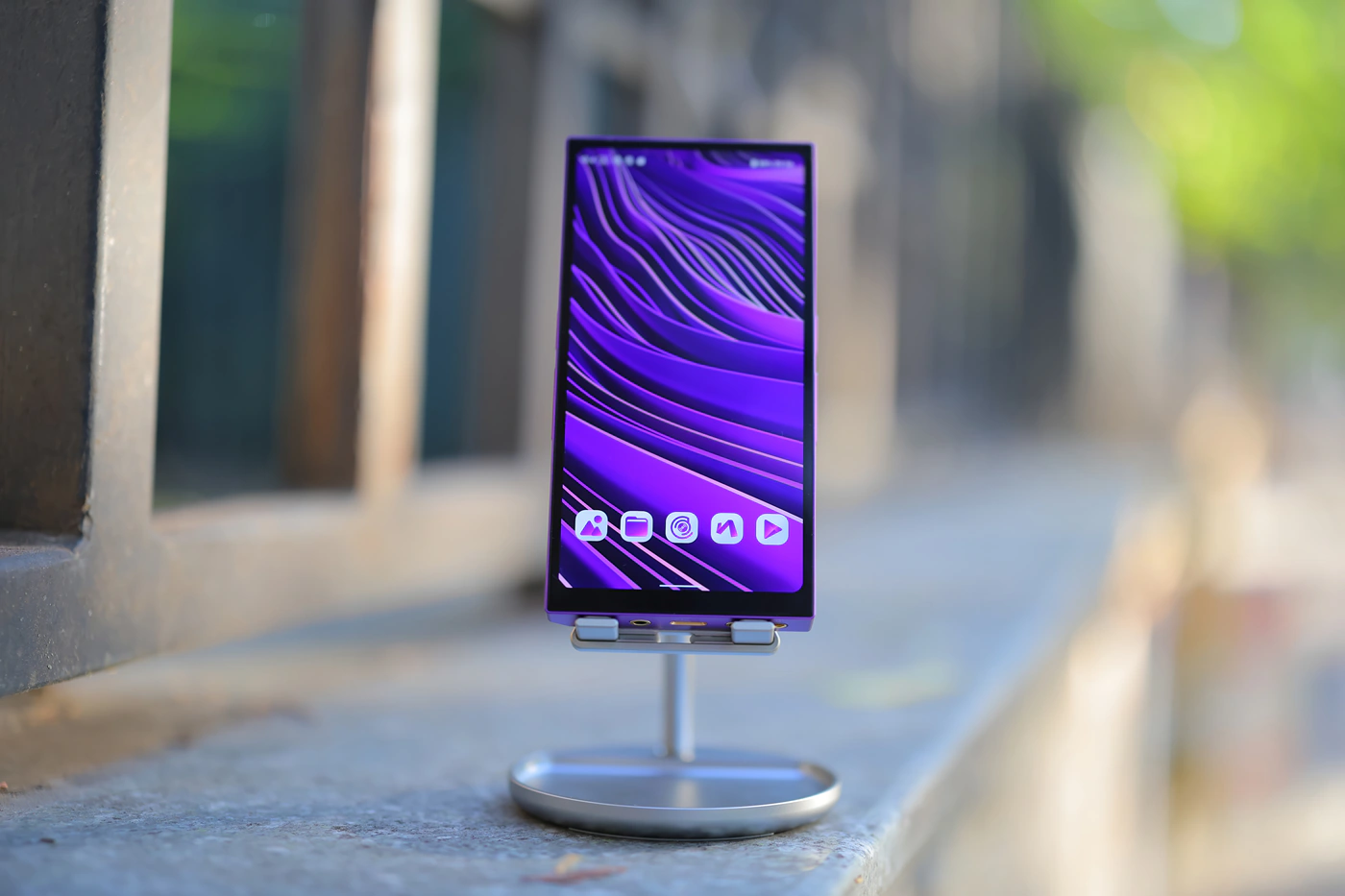
At the end of the day, for one of the most beautiful sonic performance out there, with excellent detail, high resolution, a dynamic, vivid and colorful sound and exceptional support from the company, plus flawless software integration, Hiby R6 PRO II is a fully recommended purchase and an excellent DAP you can grab right now.
Product Link
Official Link – https://store.hiby.com/products/r6-pro-ii-gen-2?
--- Please remember to stay safe, and always have fun while listening to music!---
- If you have a dime to spare, please donate, and help us! It would make the day brighter for me and my wife-
Full Playlist used for this review
We listened to more songs than those named in this playlist, but those are excellent for identifying a sonic signature. I recommend trying most of the songs from this playlist, especially if you’re searching for new music! The playlists are different for Spotify, Tidal and Youtube, and based on the songs I enjoy and are available on each!
https://www.youtube.com/playlist?list=PL_cjBXGmwSHSdGcwuc_bKbBDGHL4QvYBu
https://open.spotify.com/playlist/5J3oloz8Riy9LxEGenOjQ0?si=979ba4f082414be7
https://tidal.com/browse/playlist/330fd544-8e5b-4839-bd35-676b2edbb3d5
--- Contact Us ---





